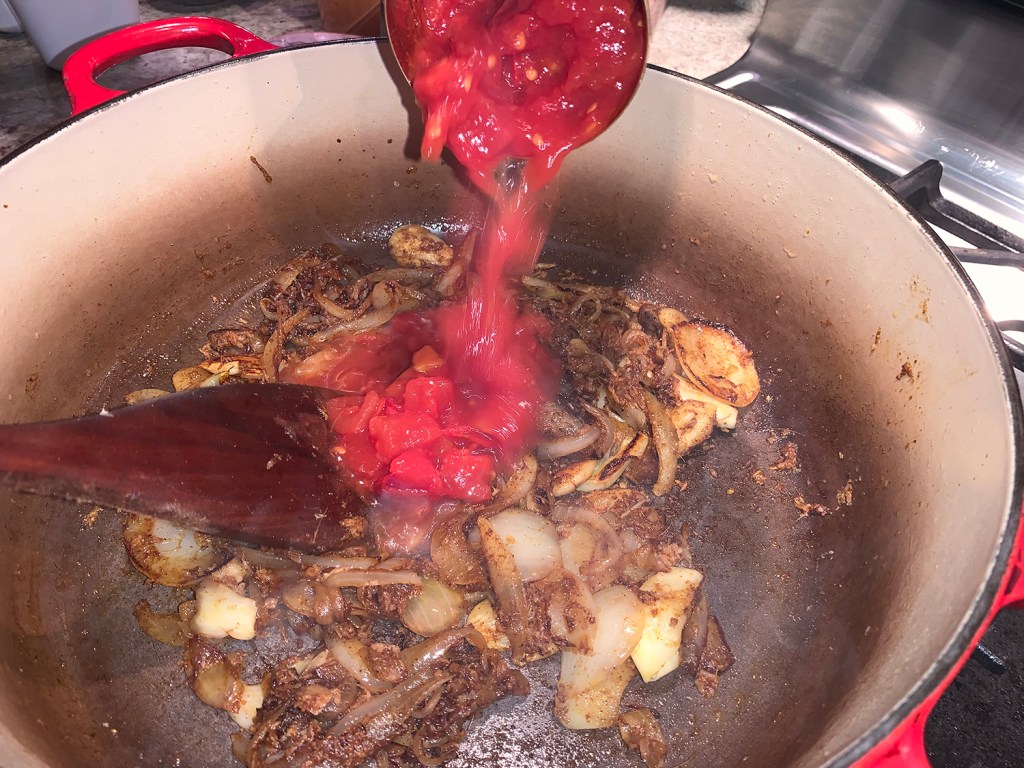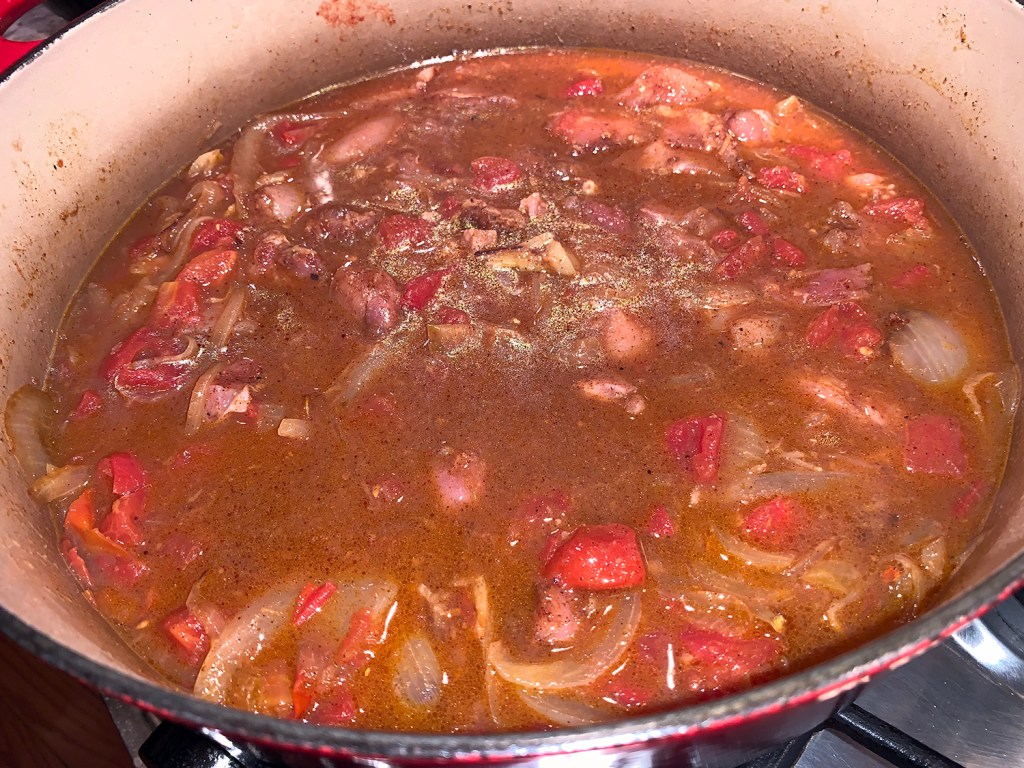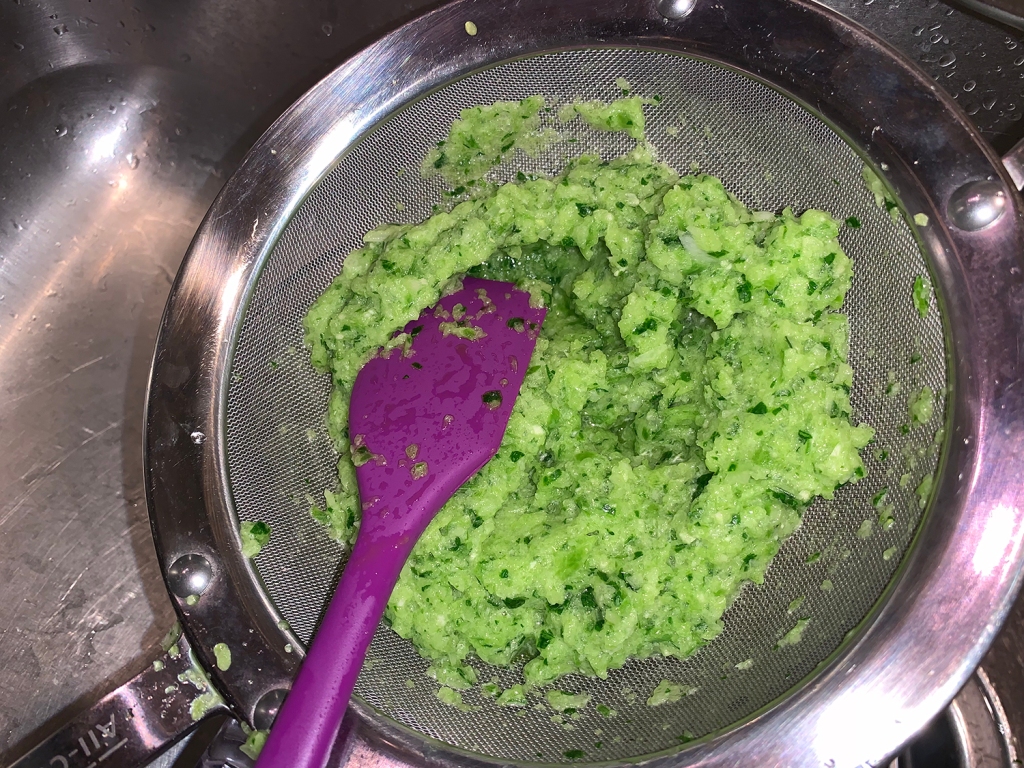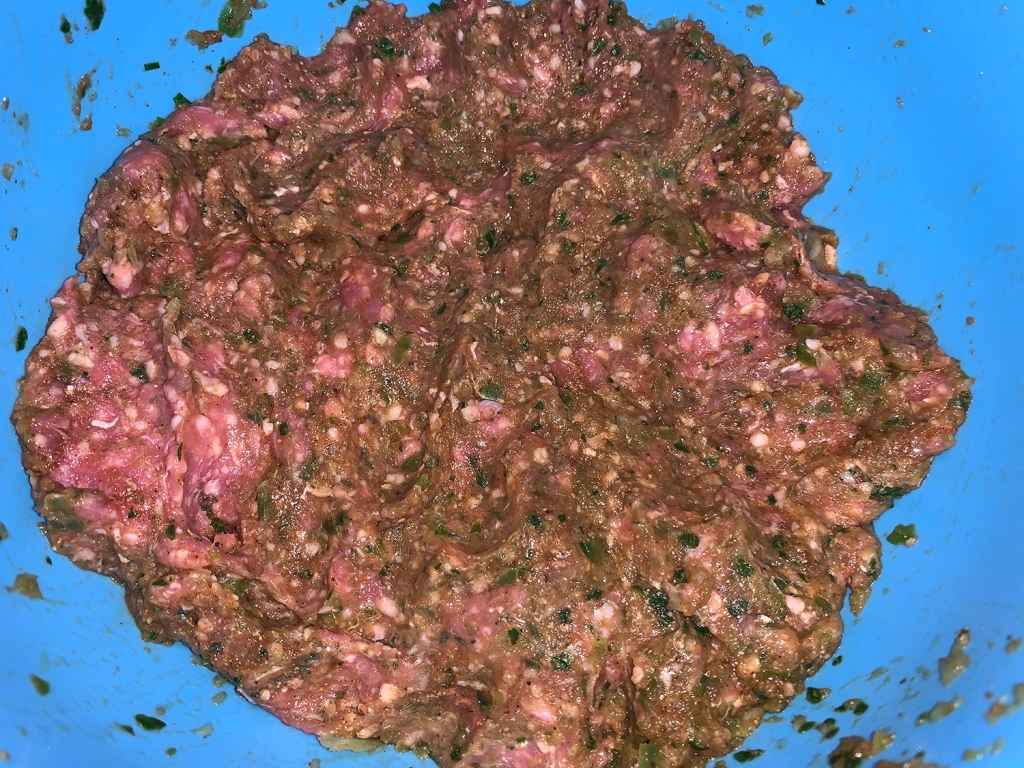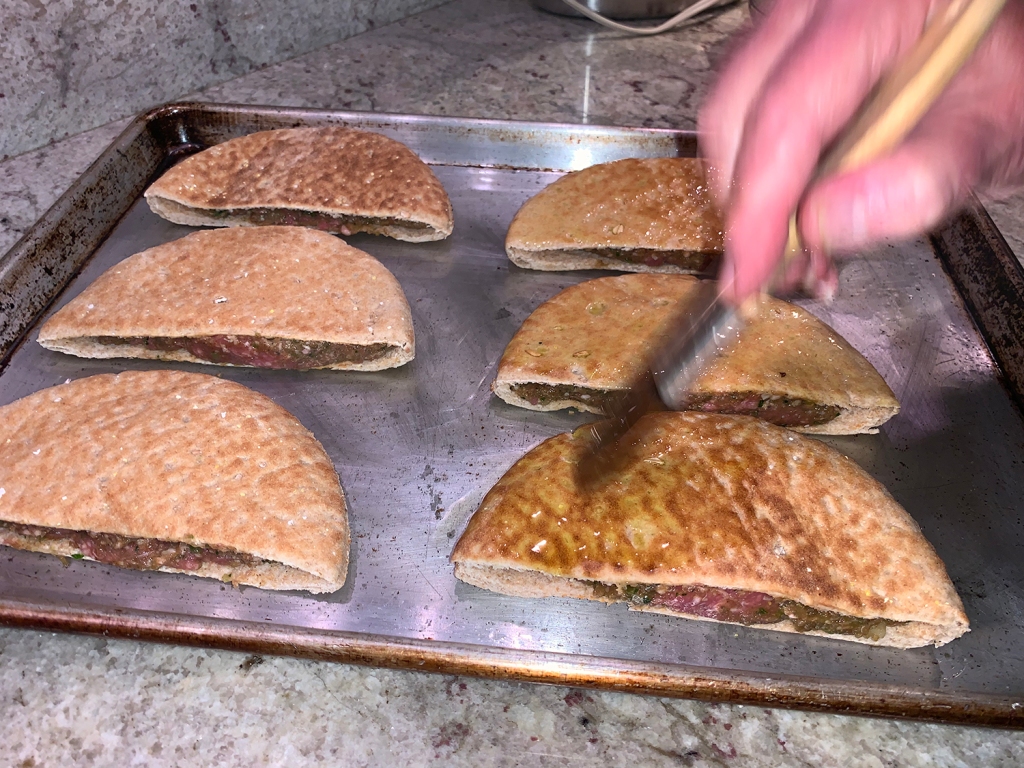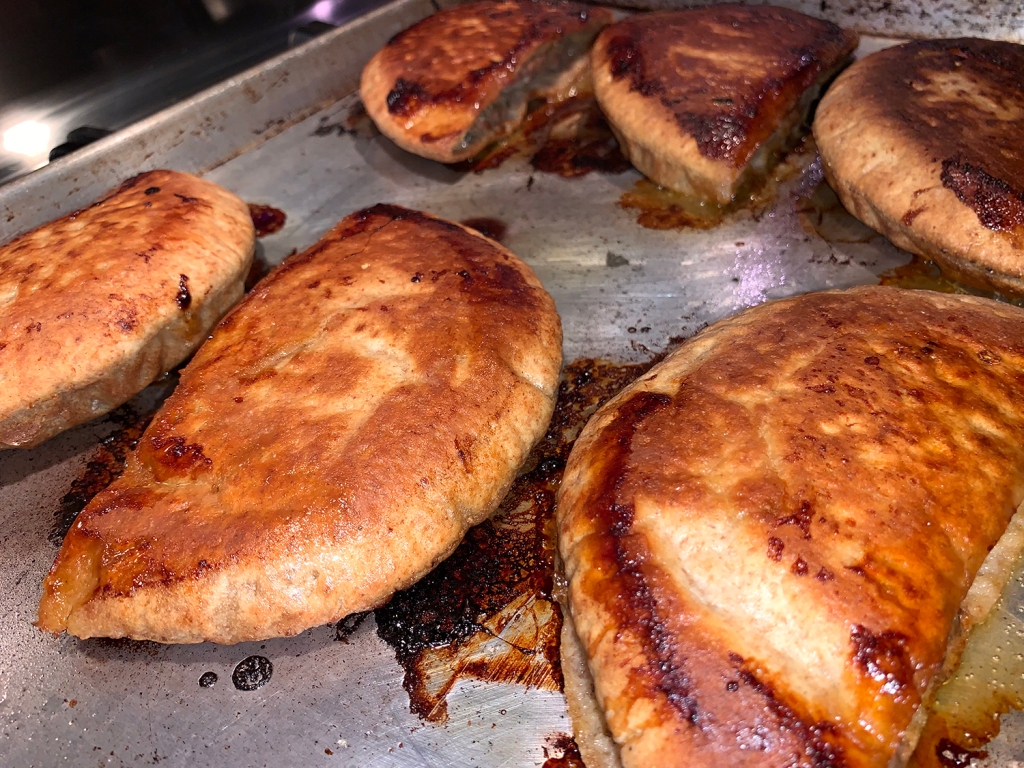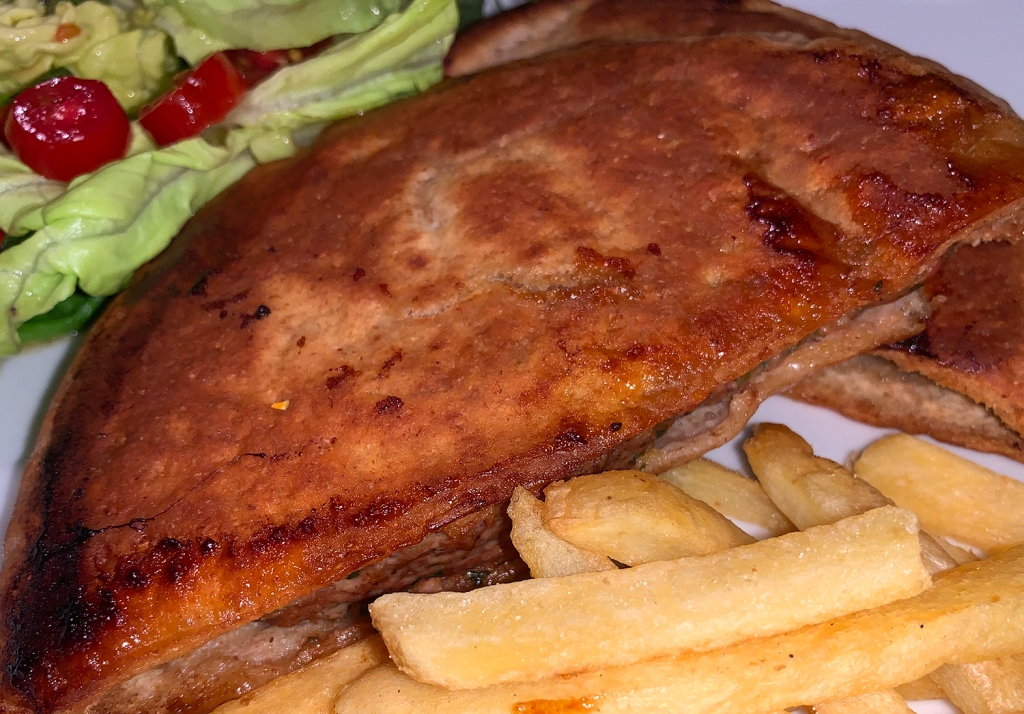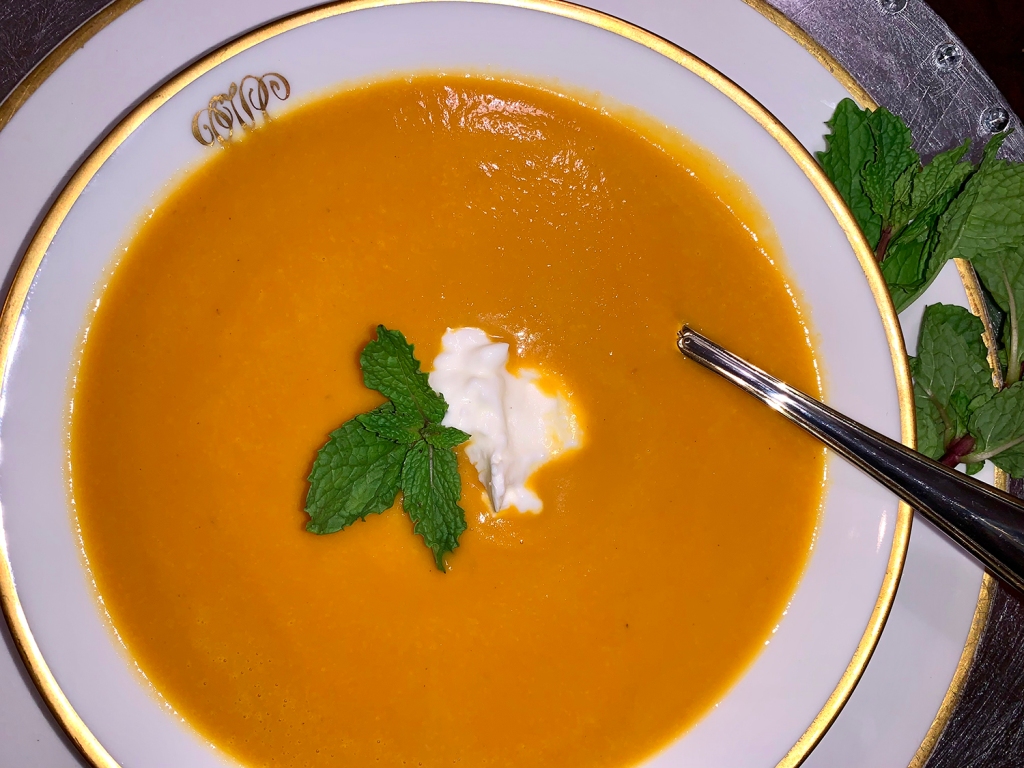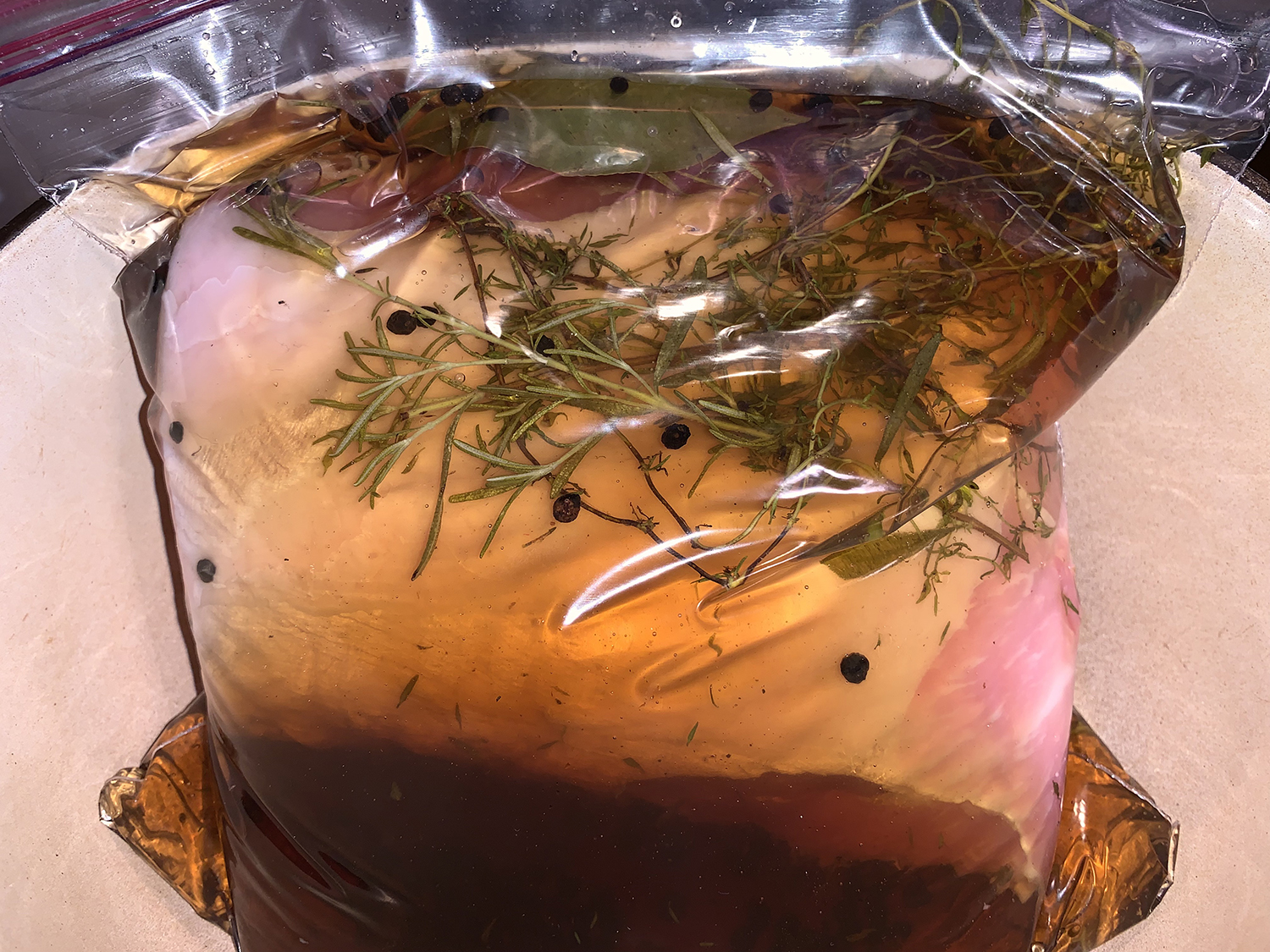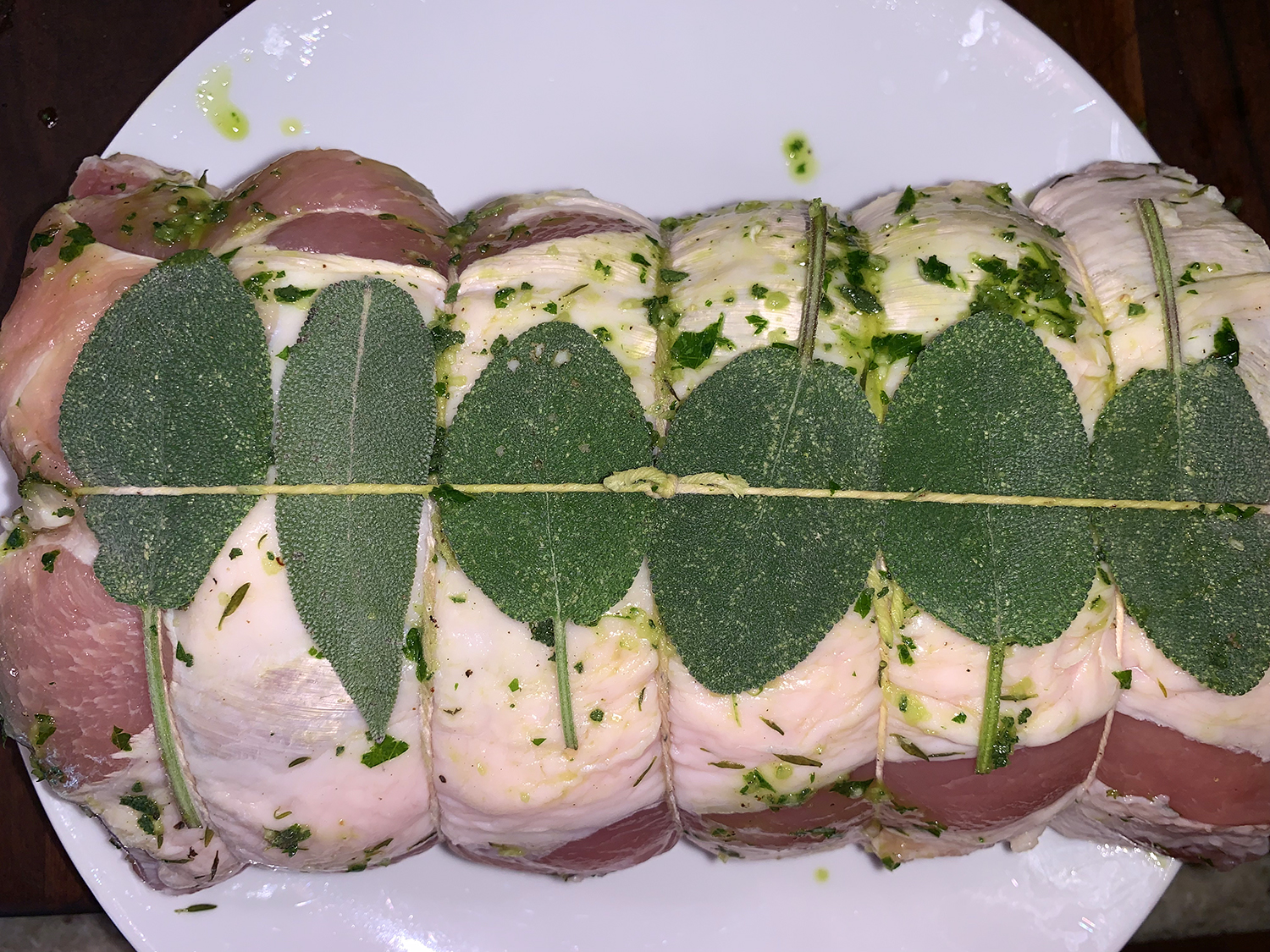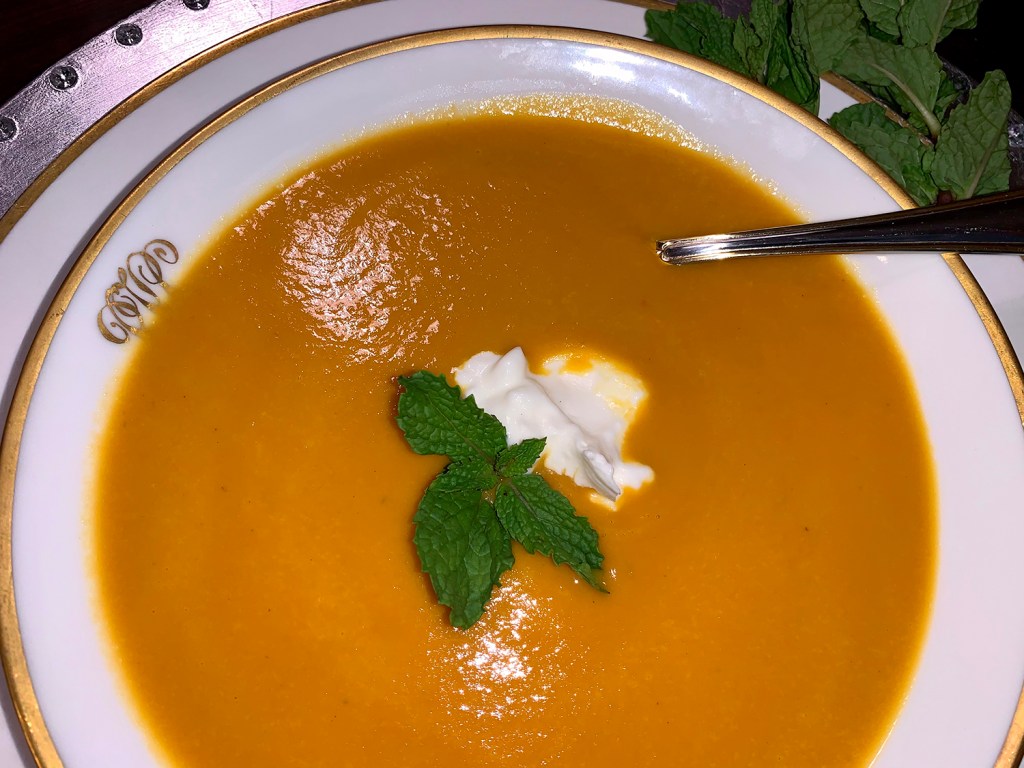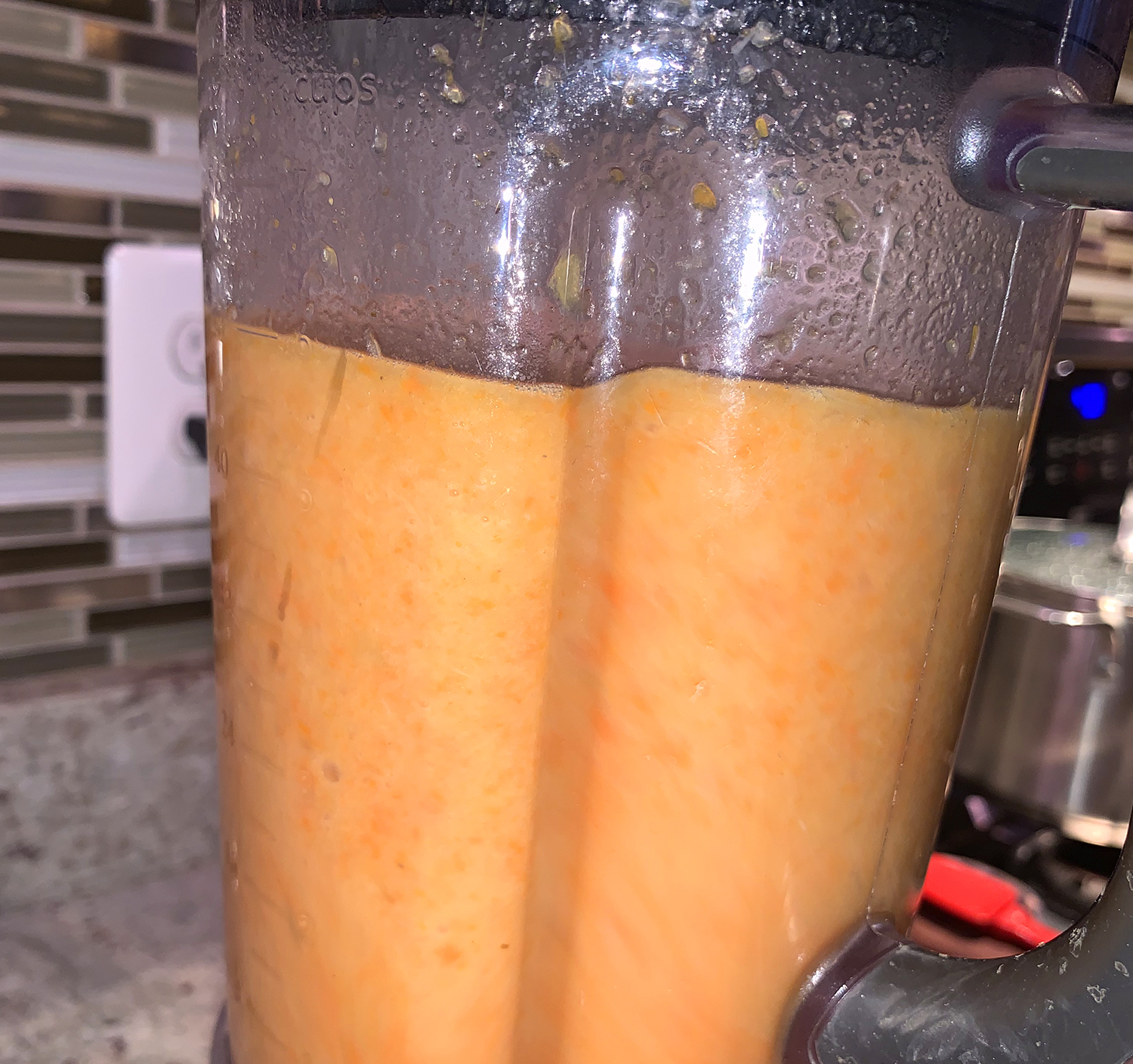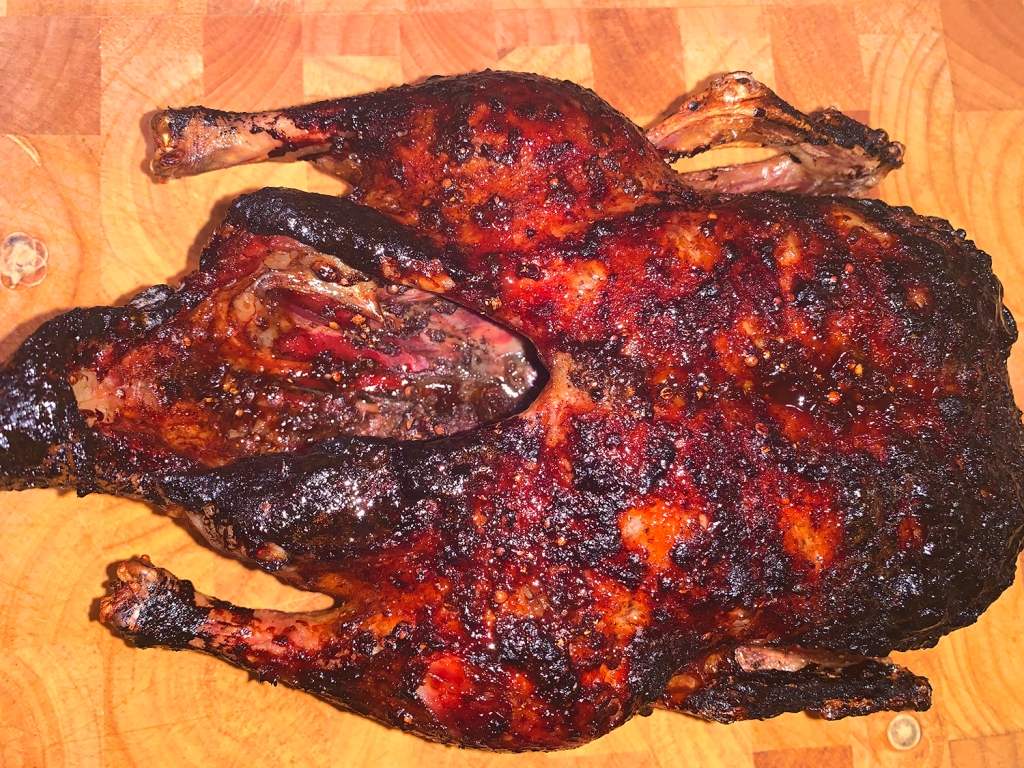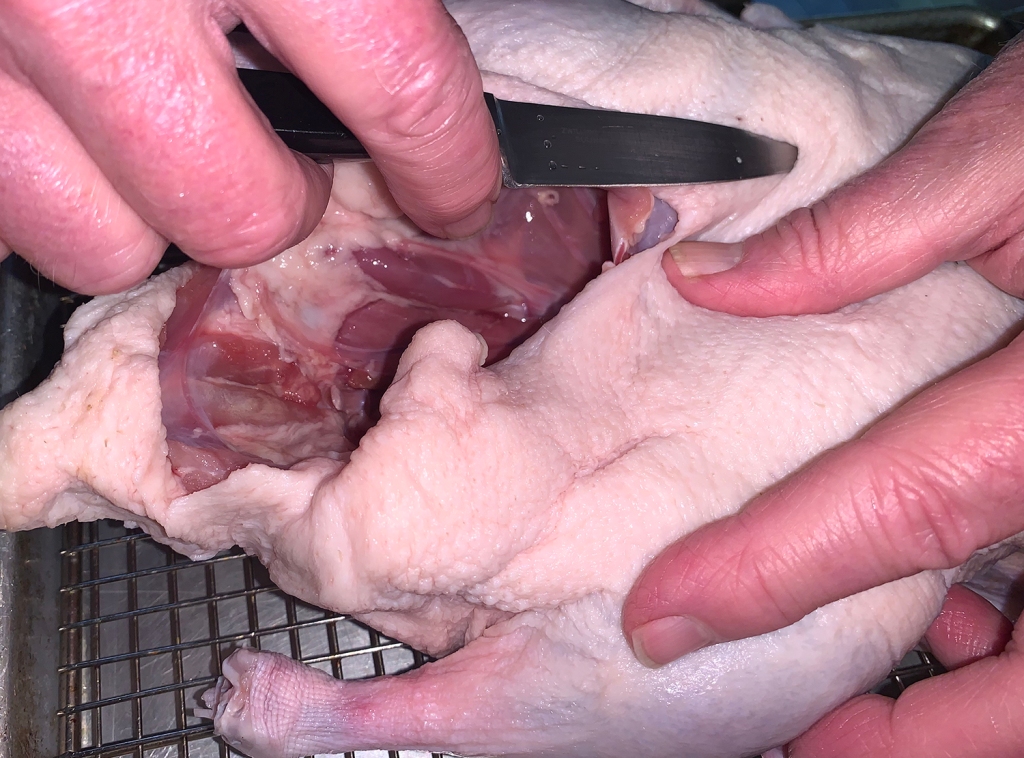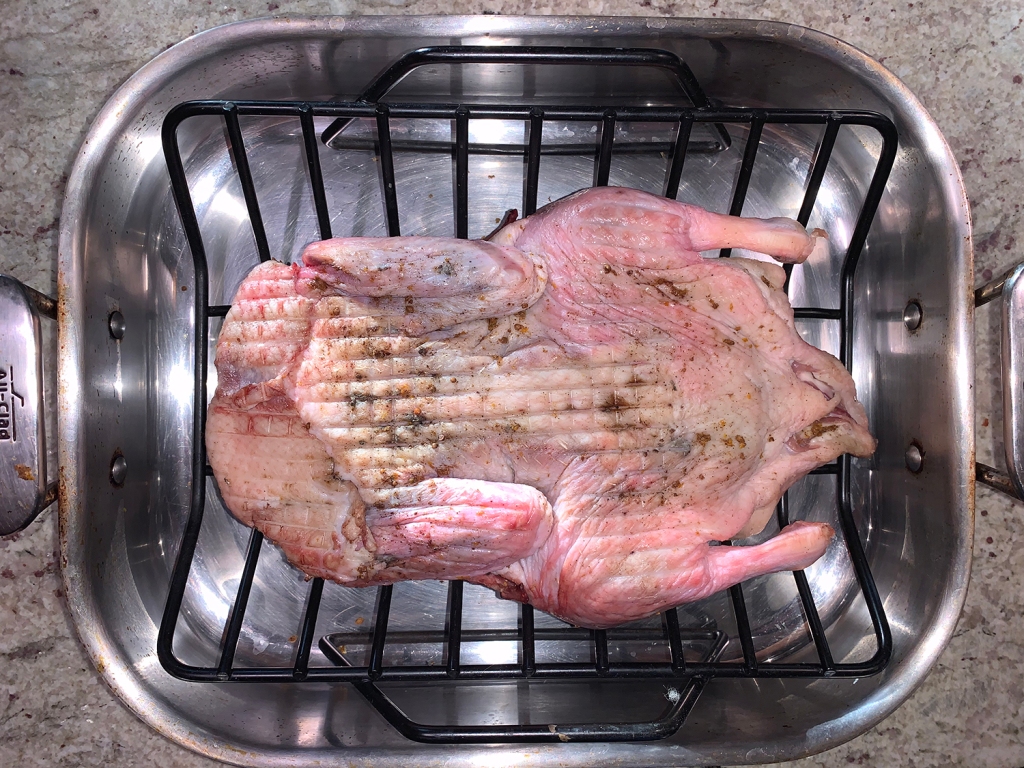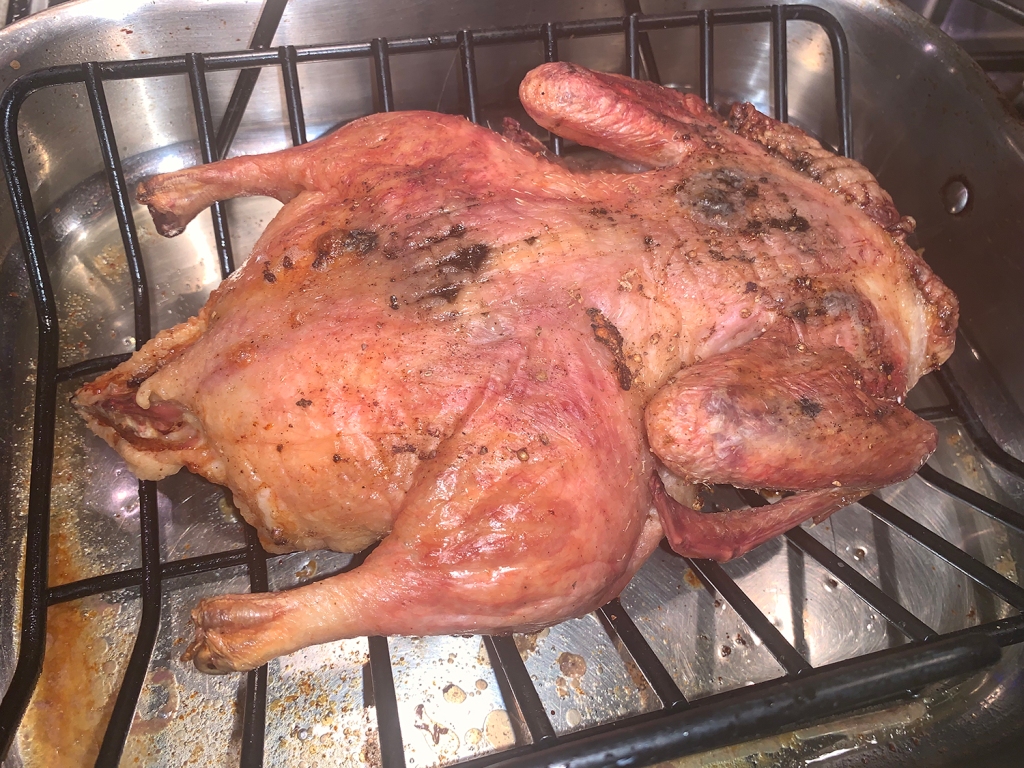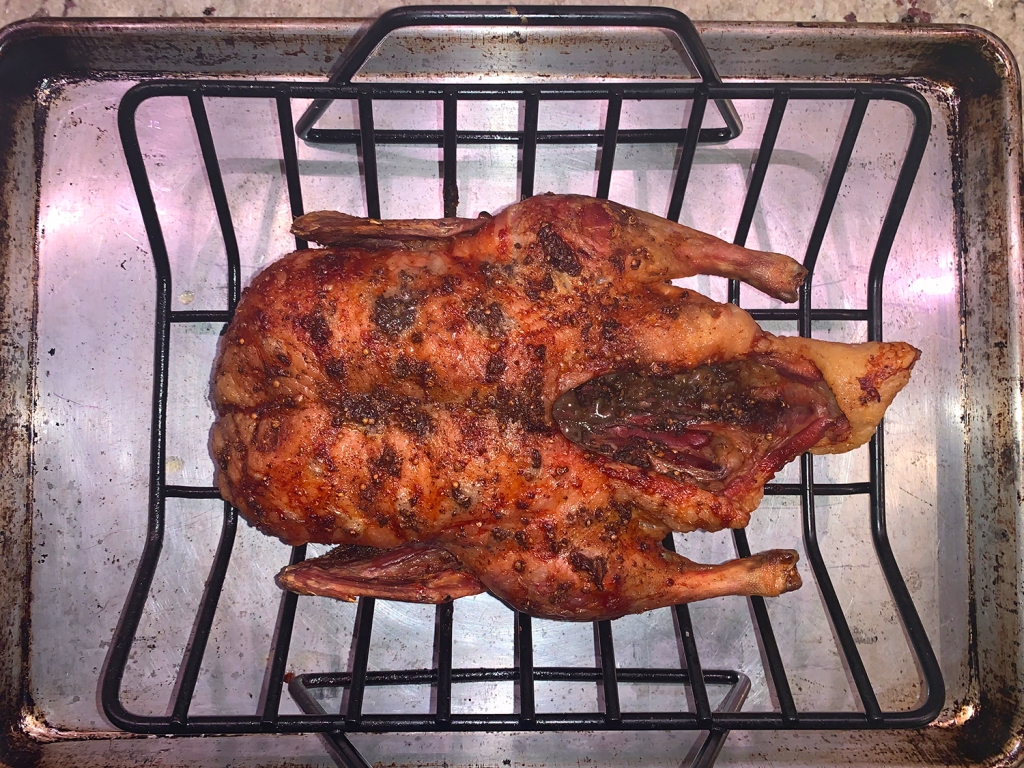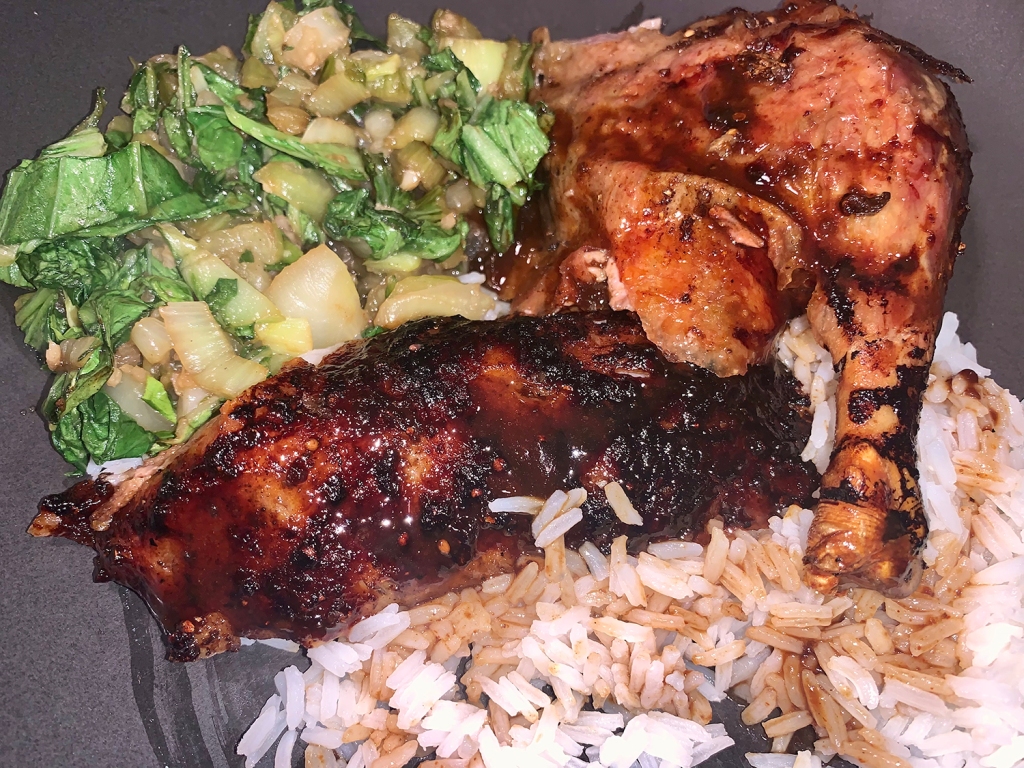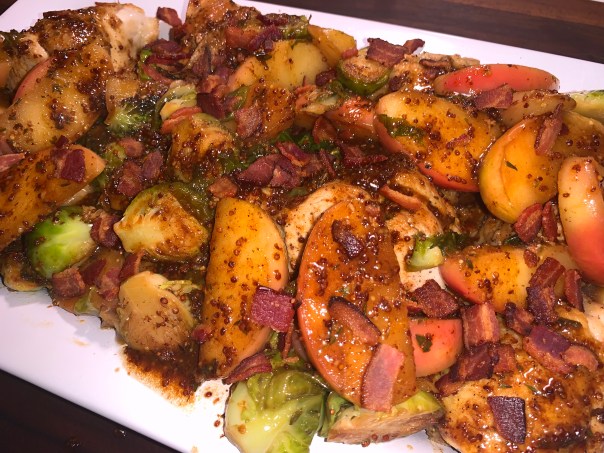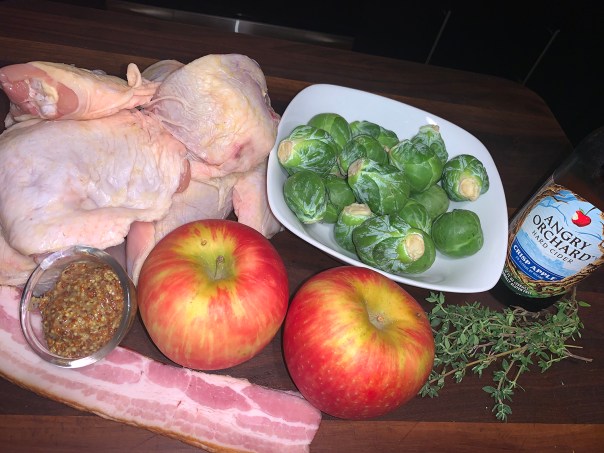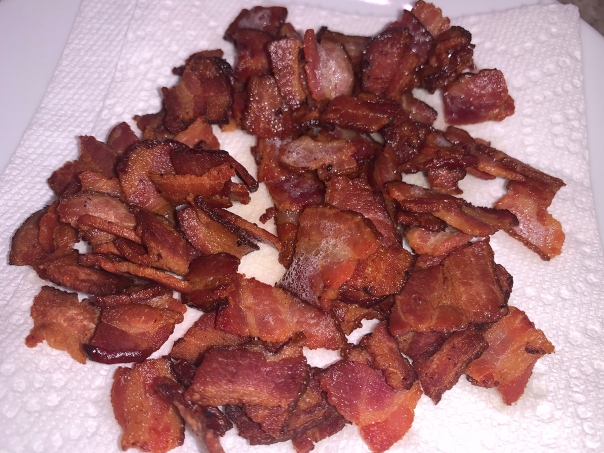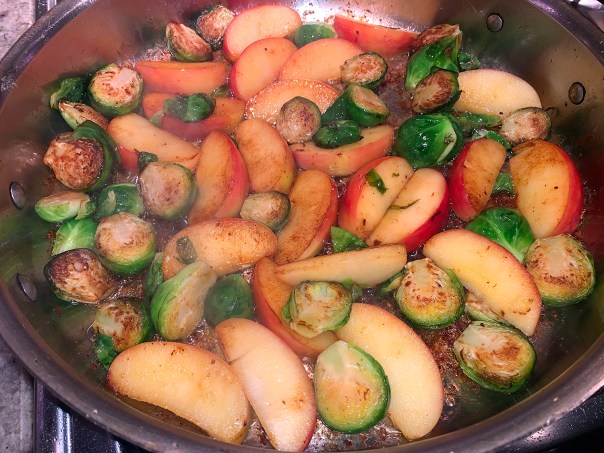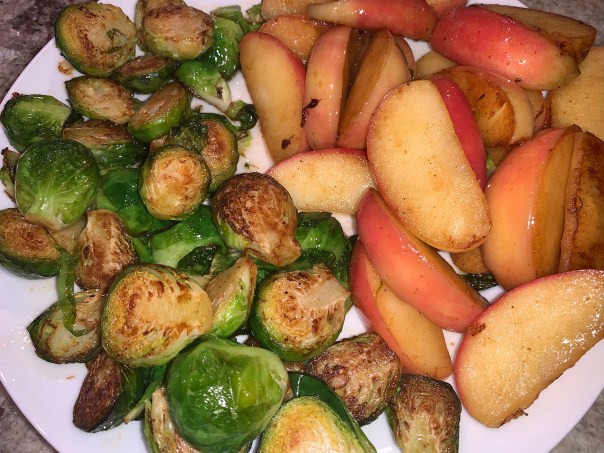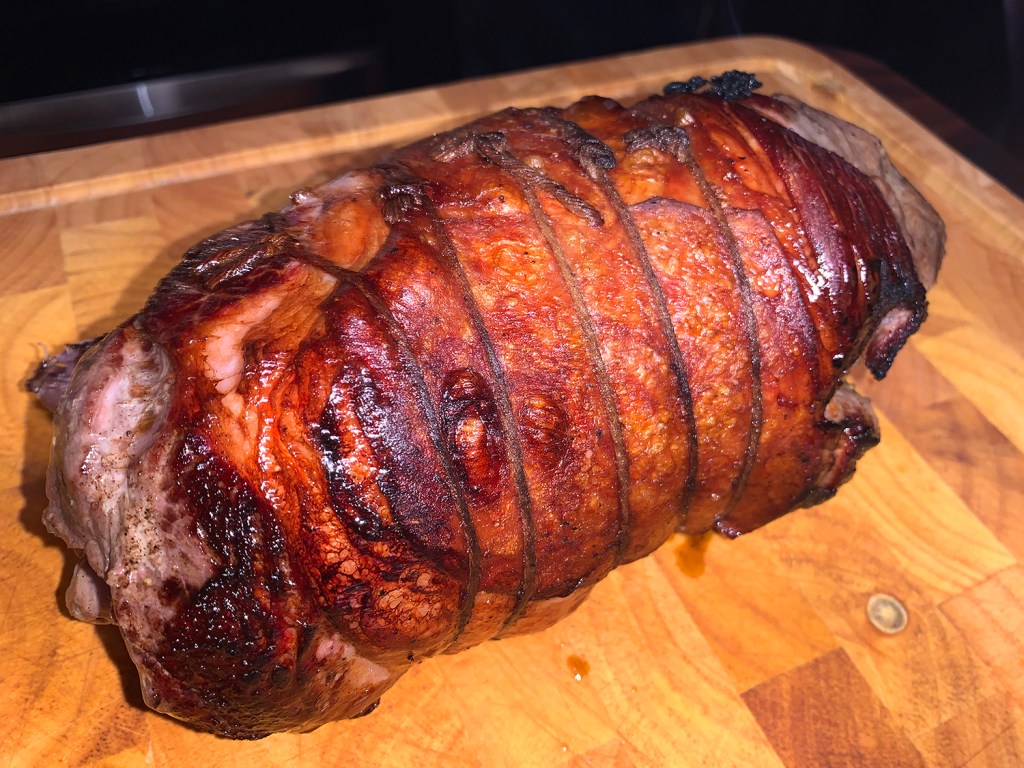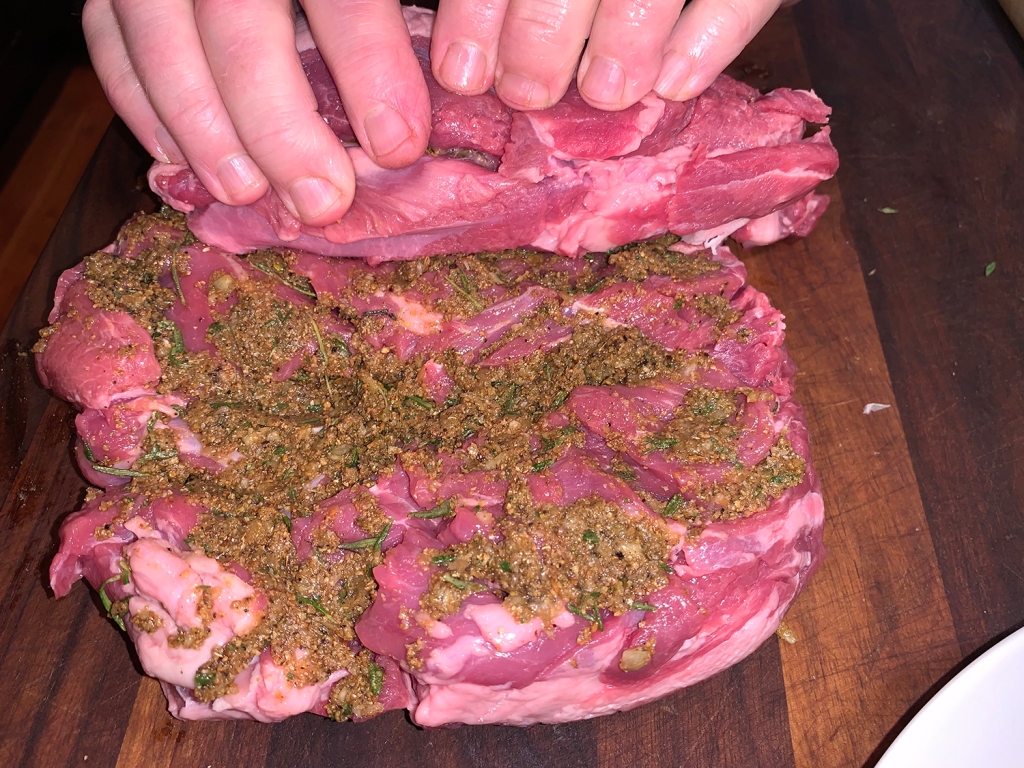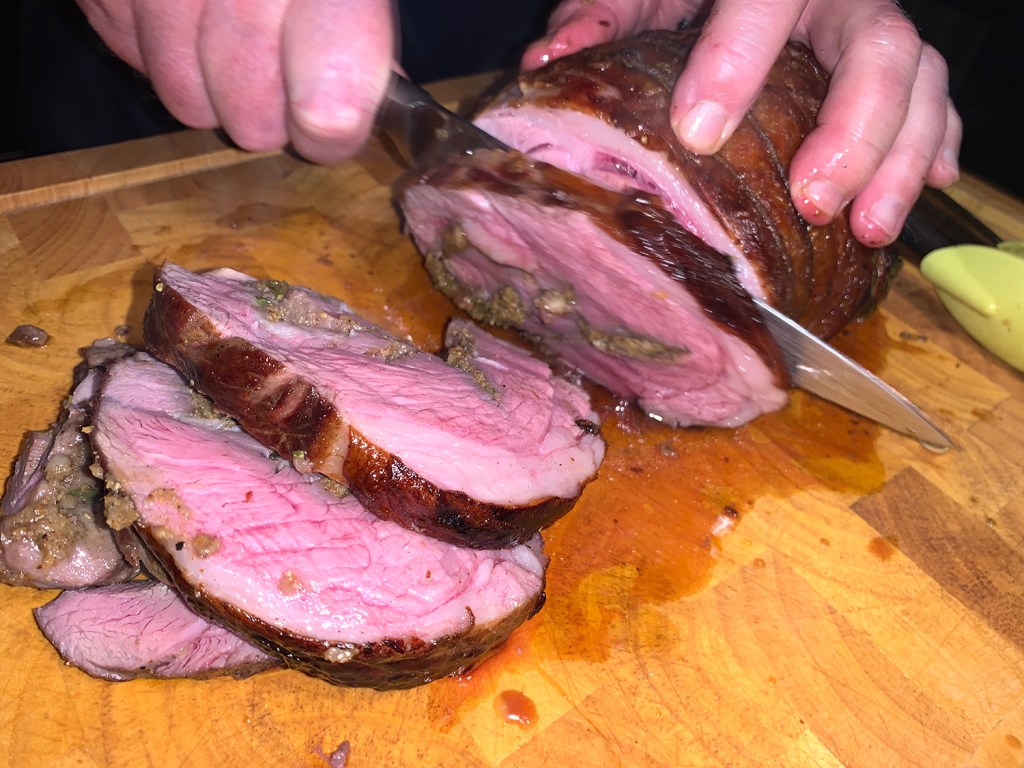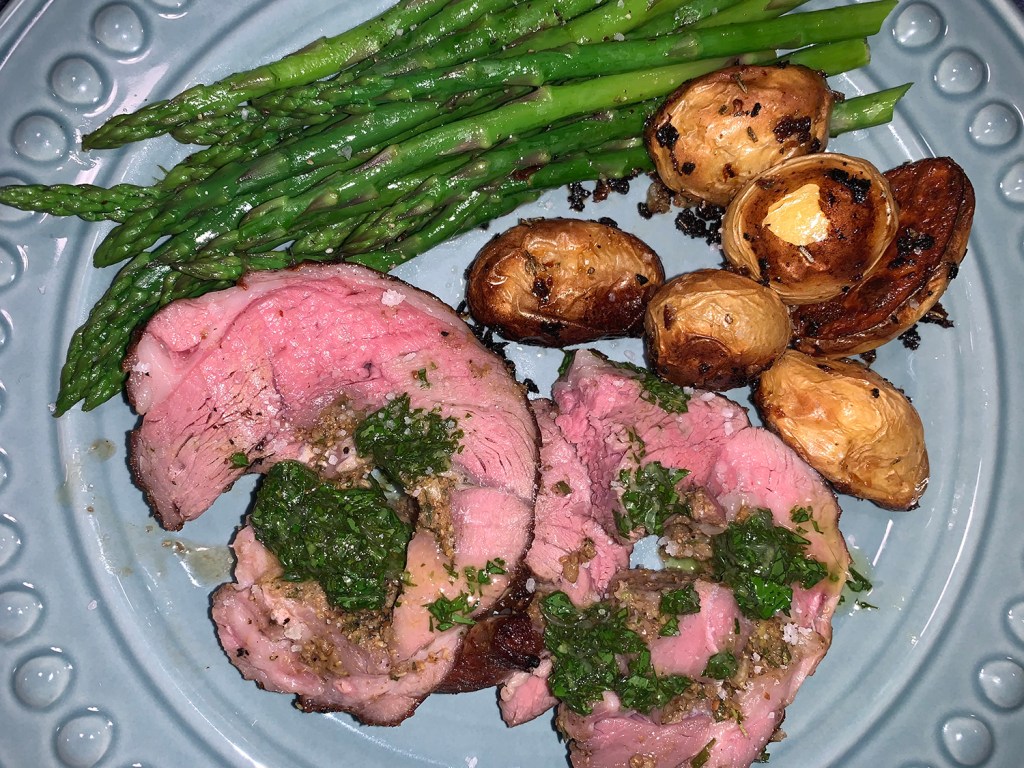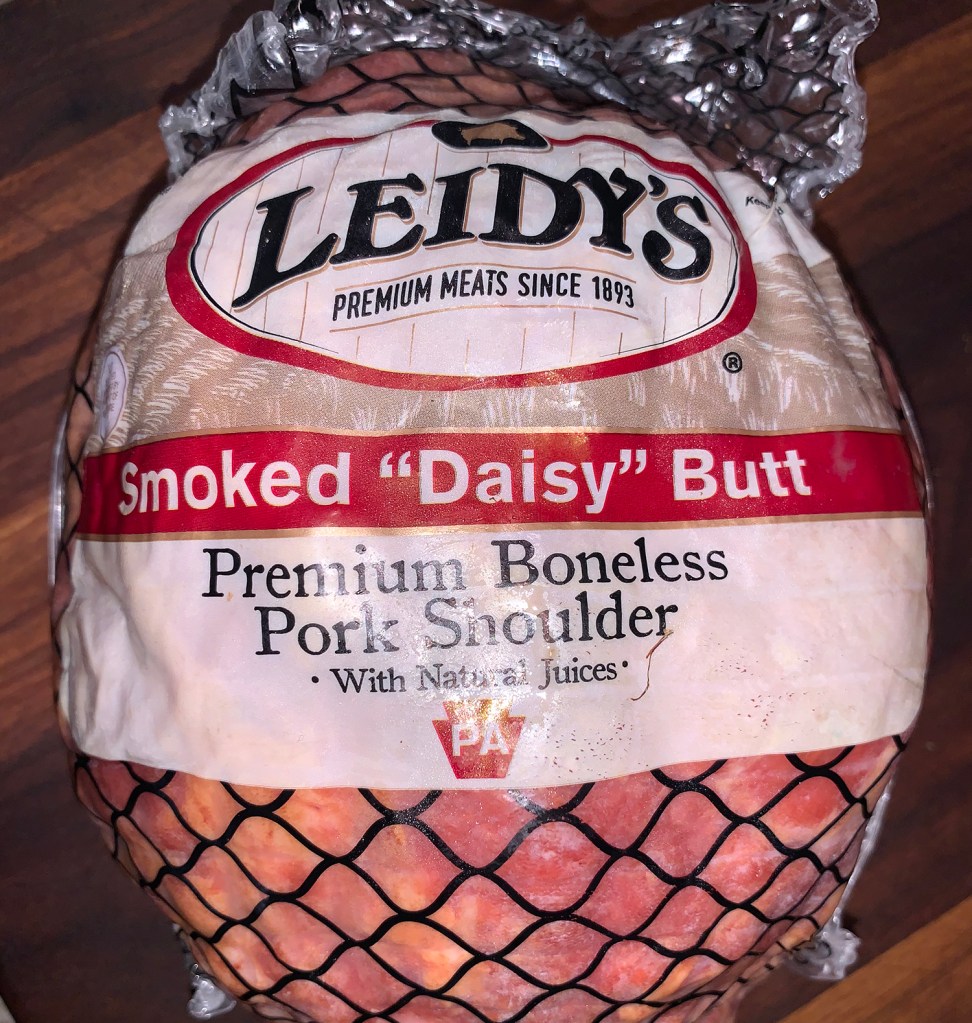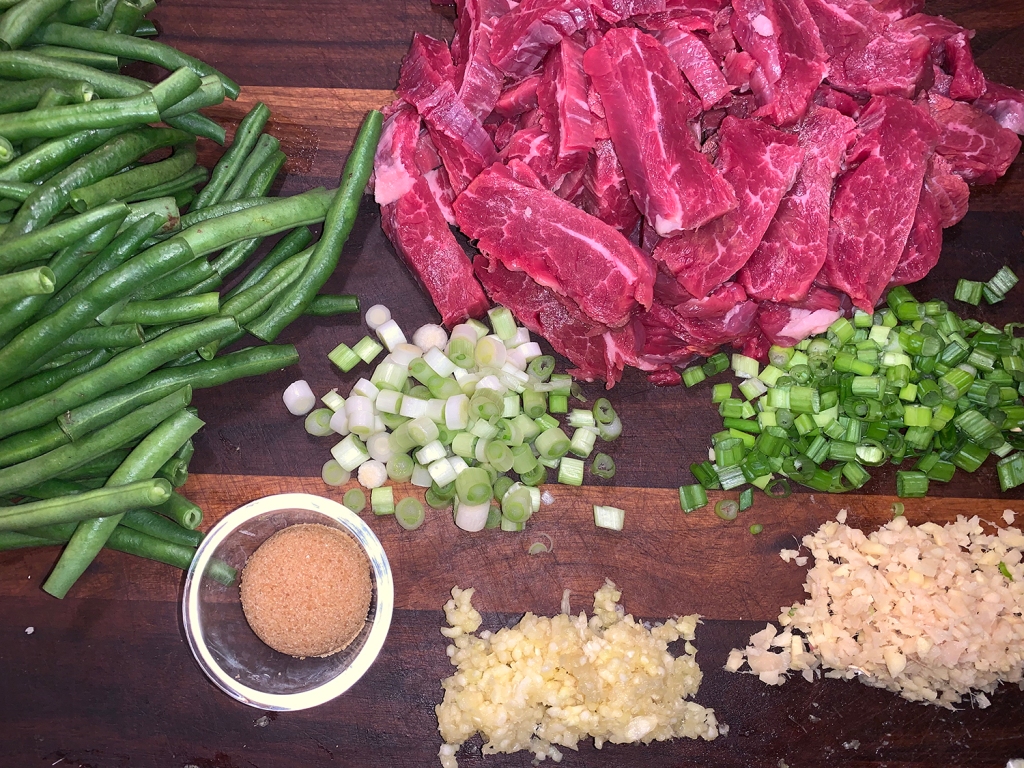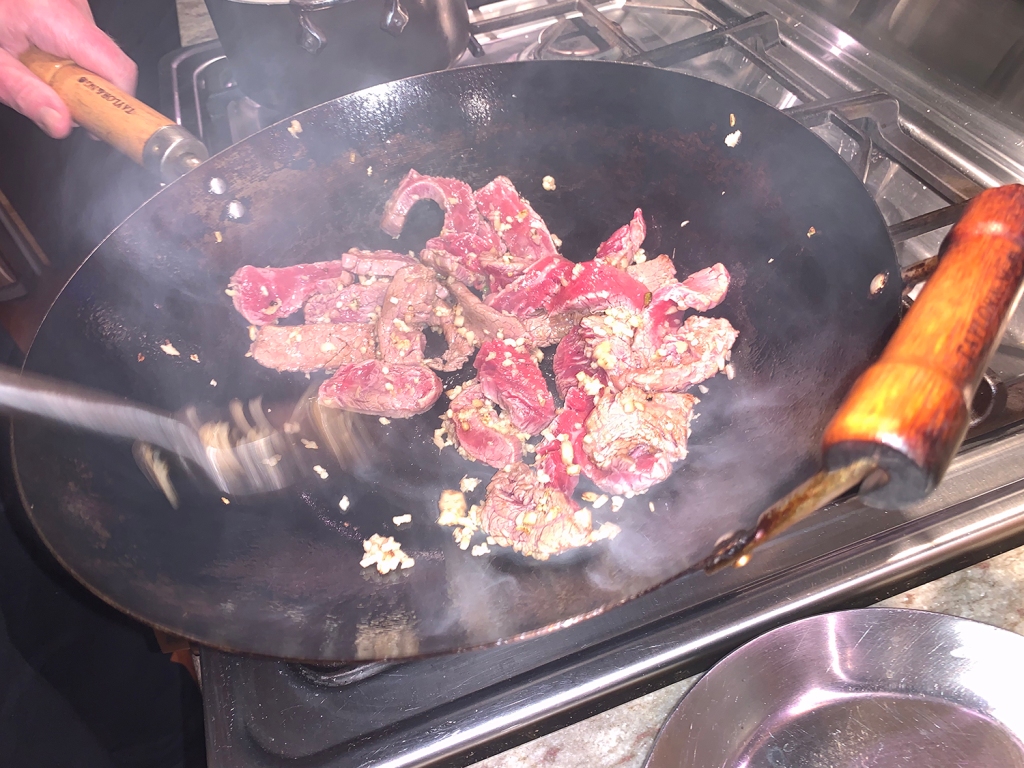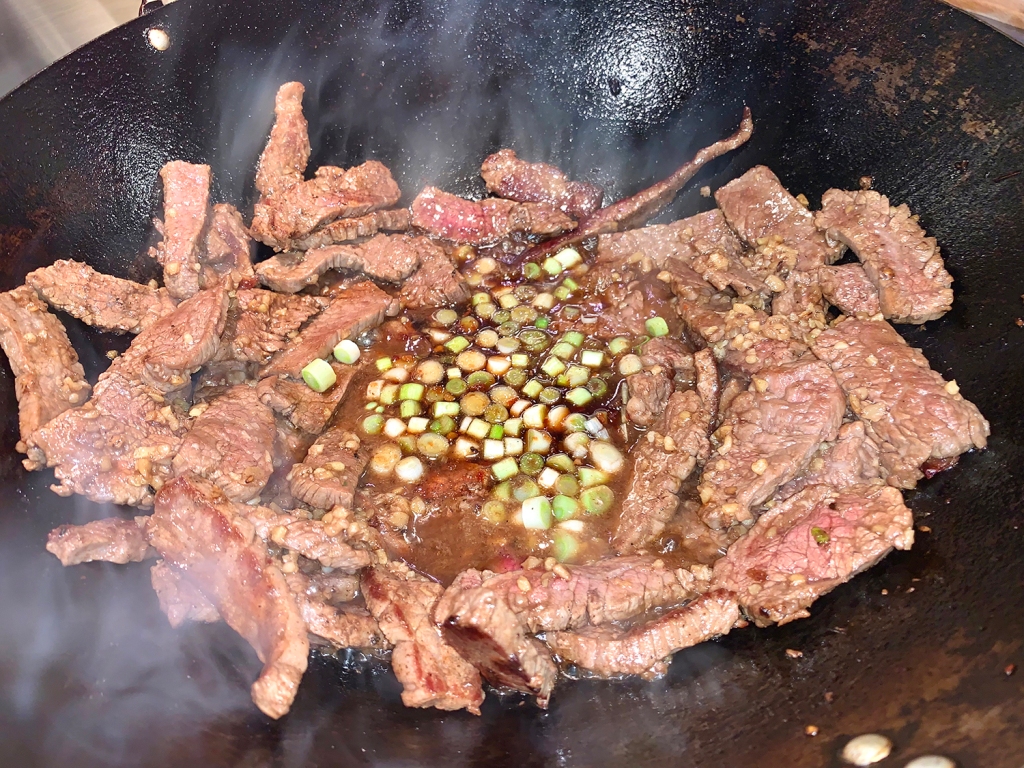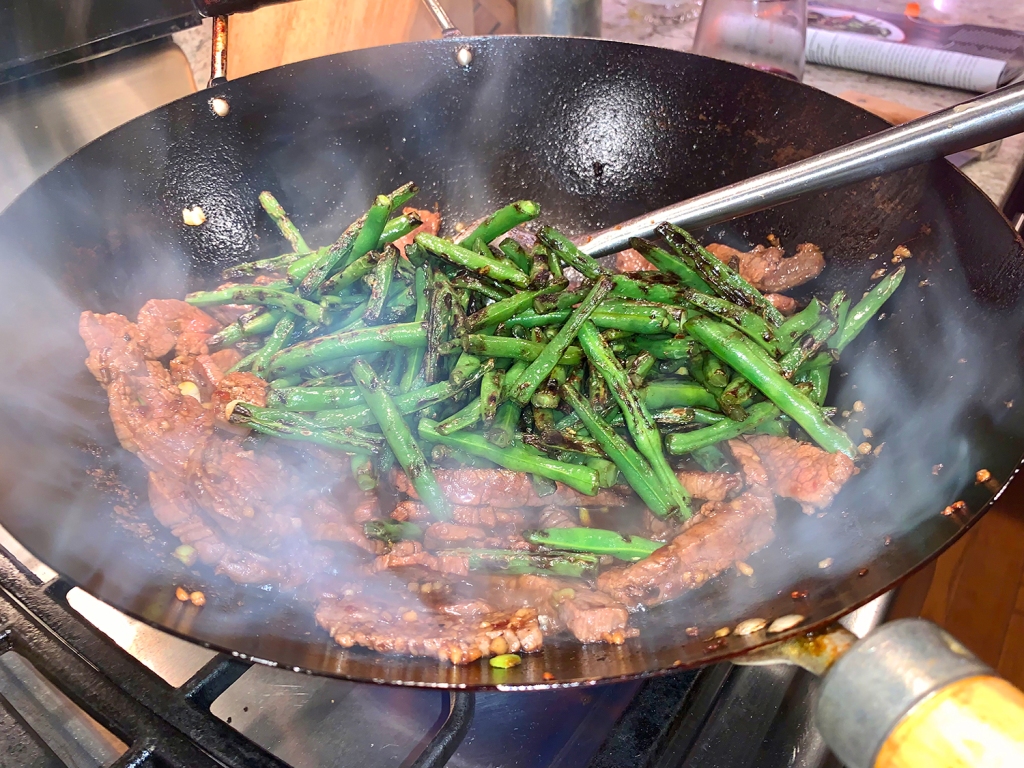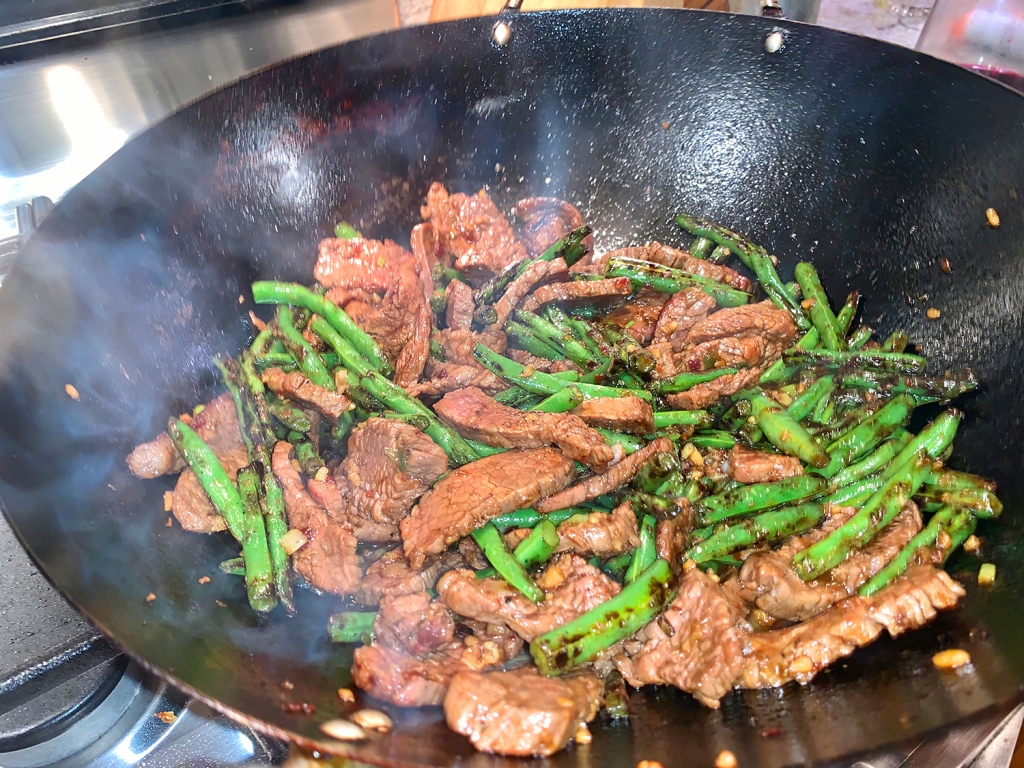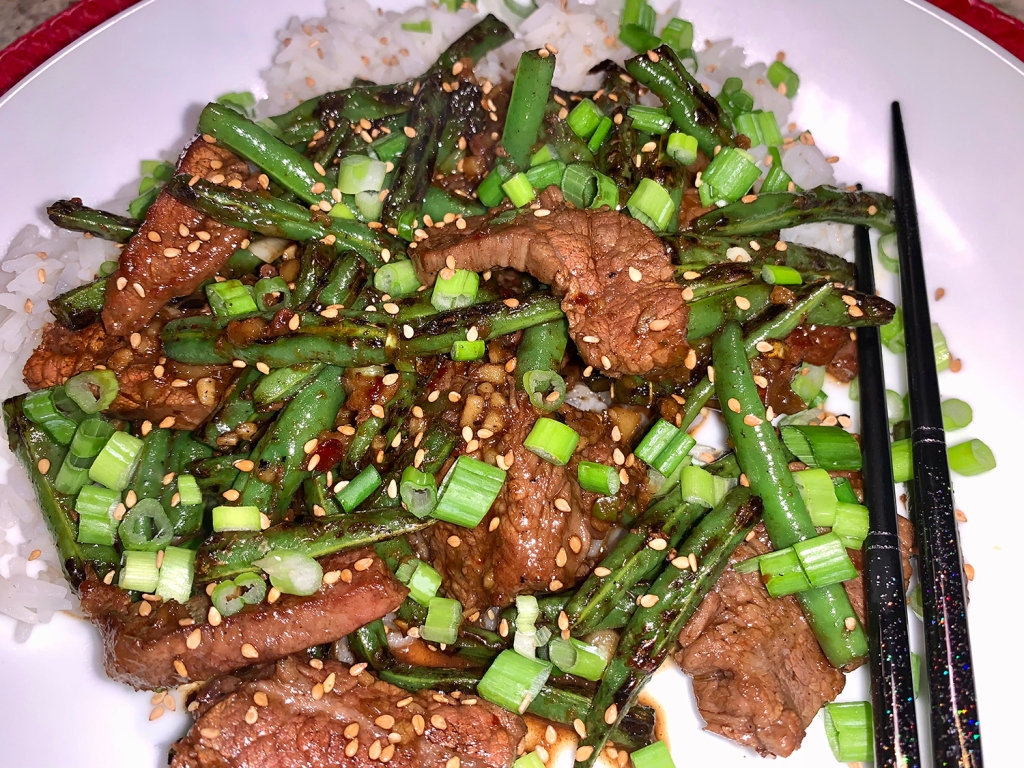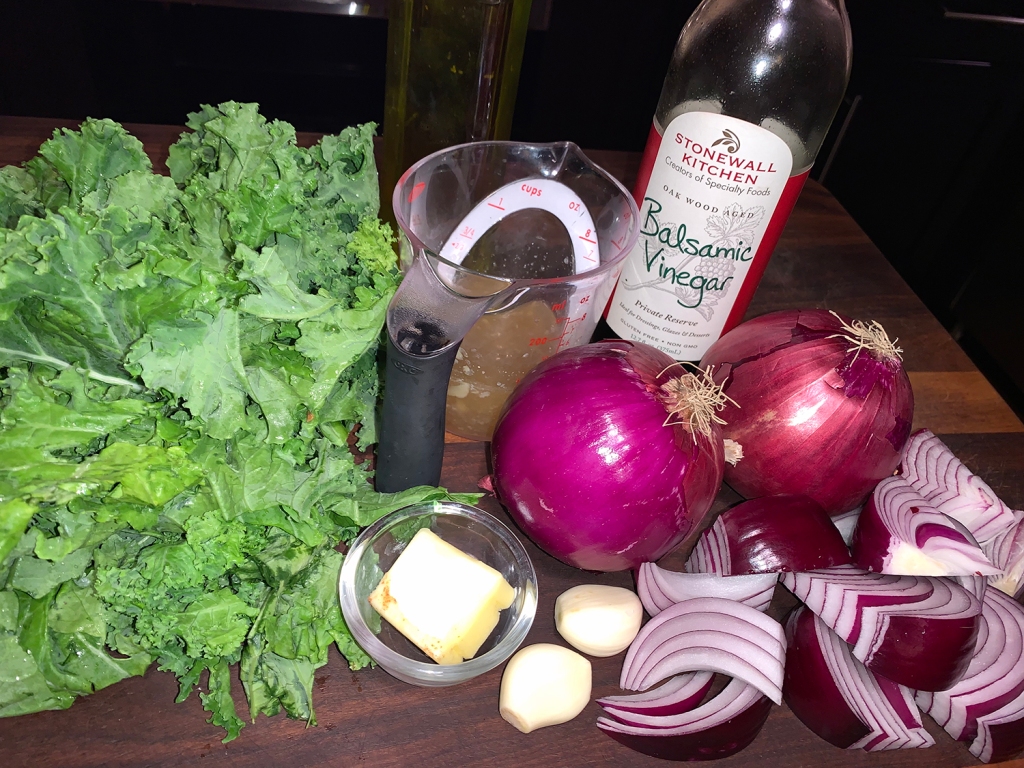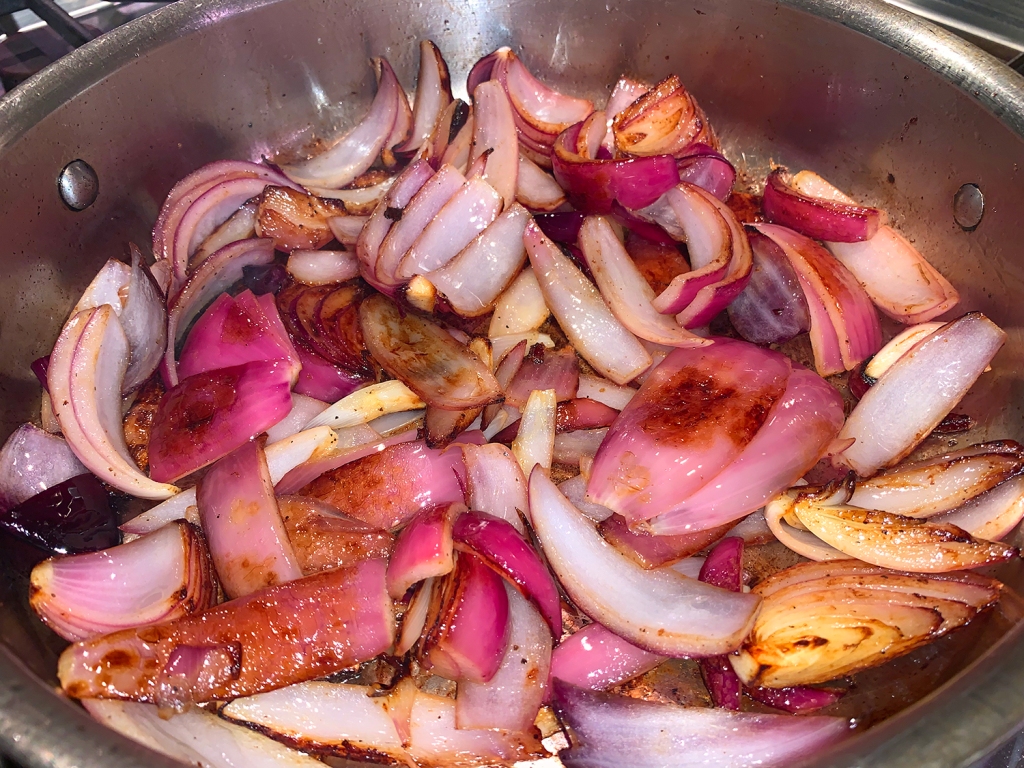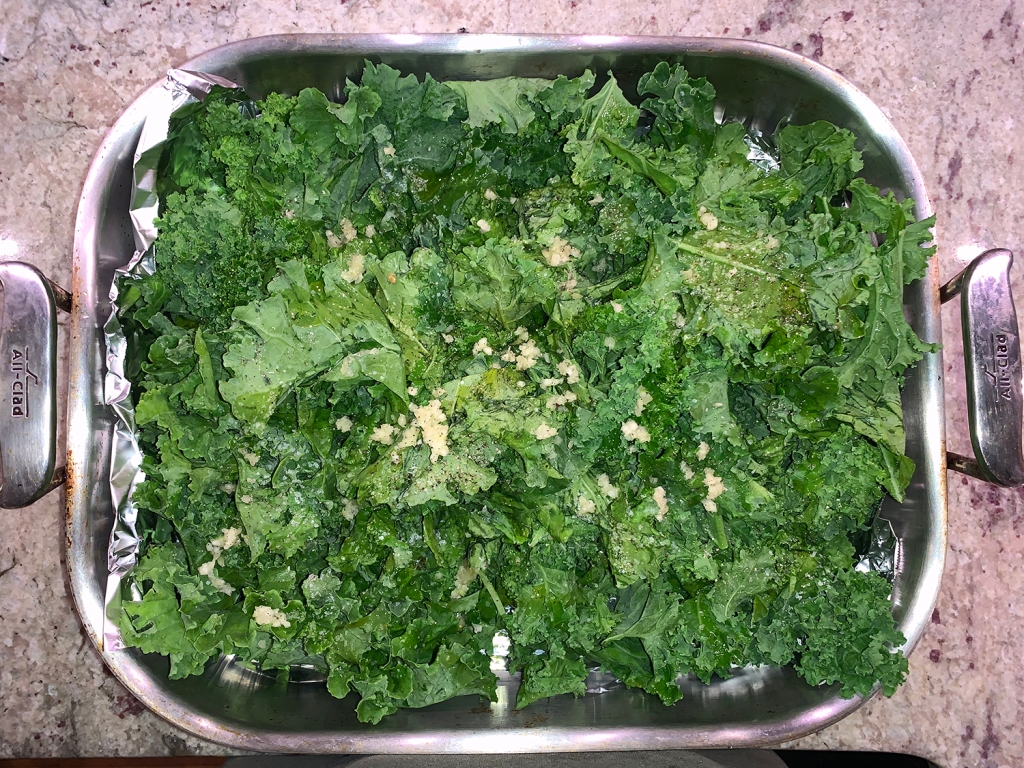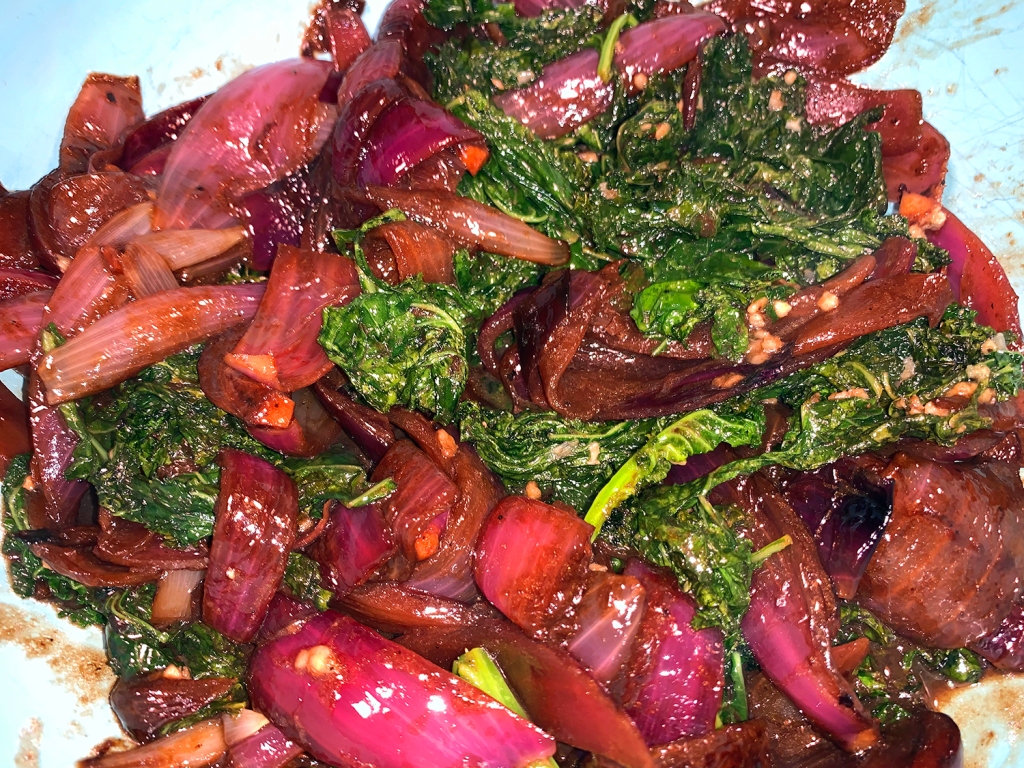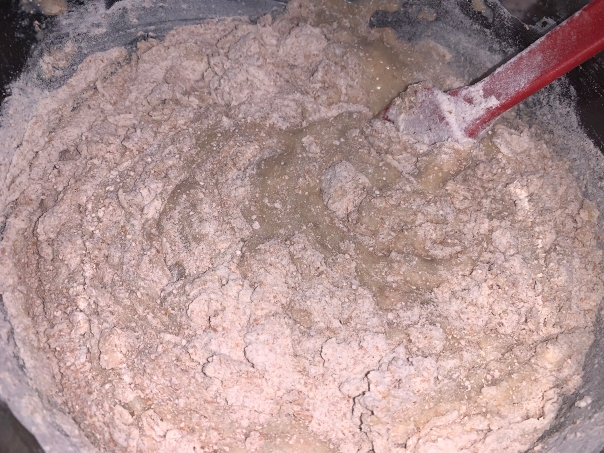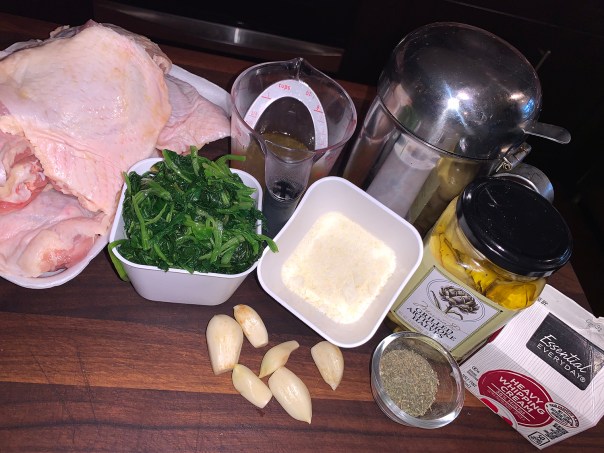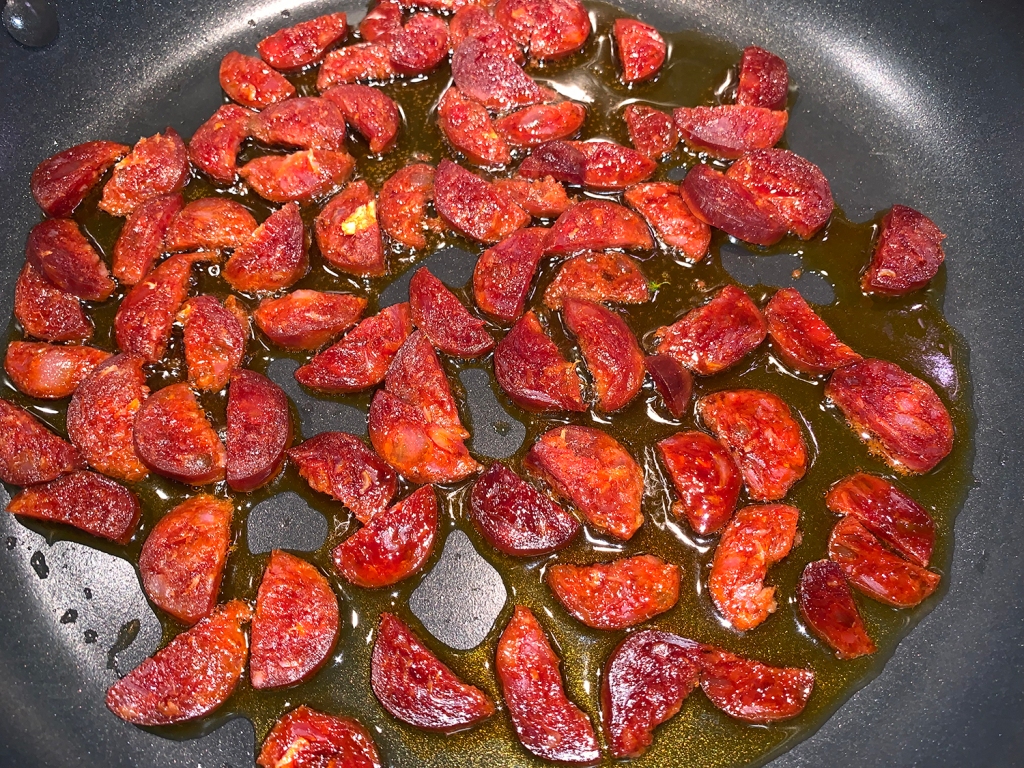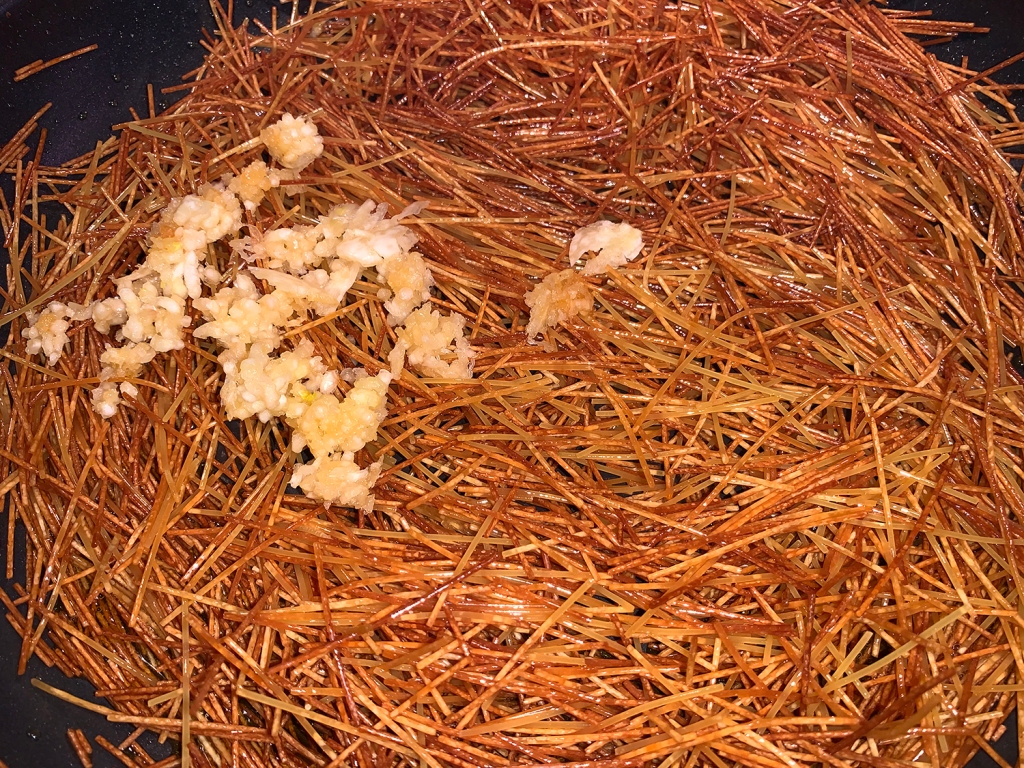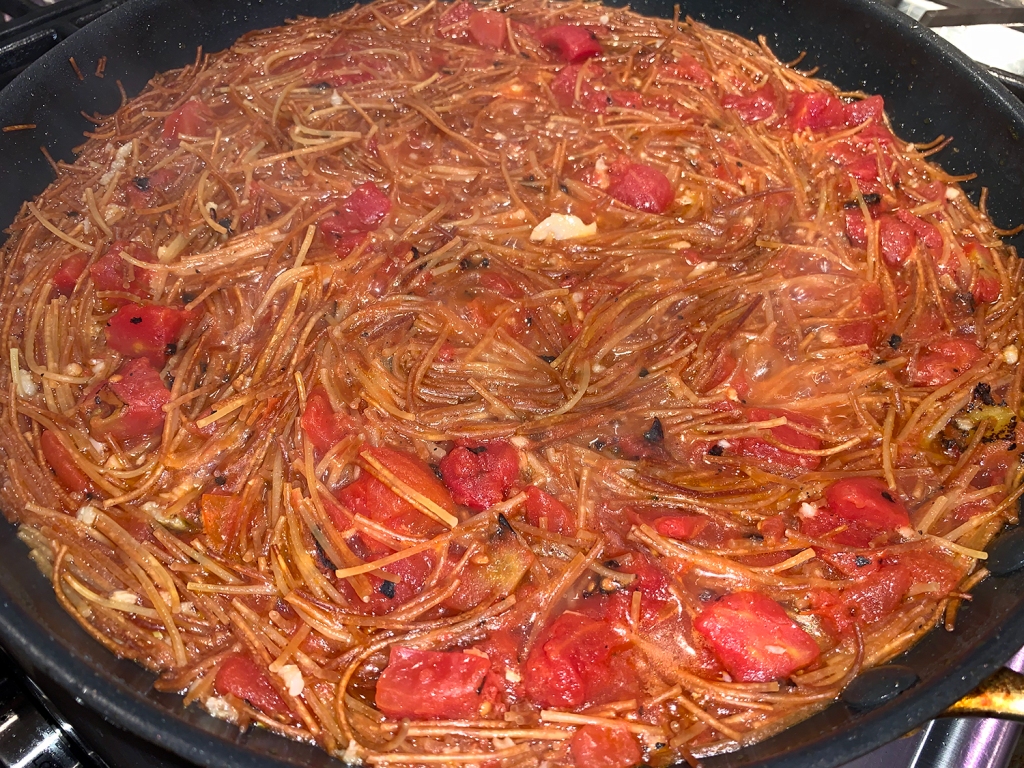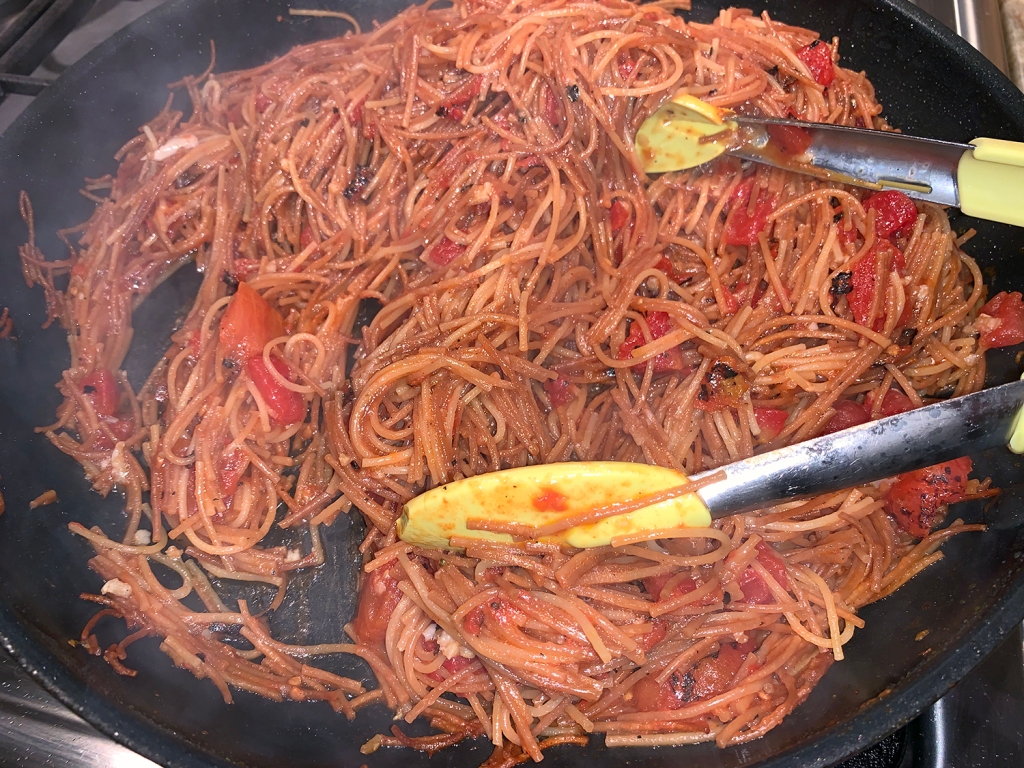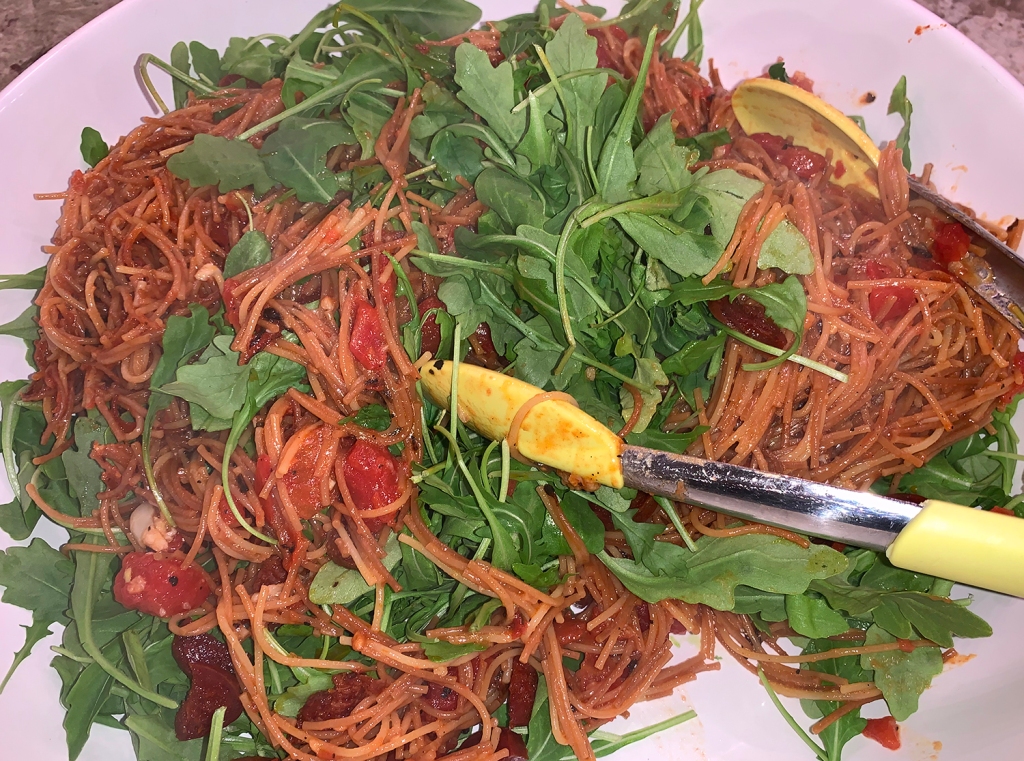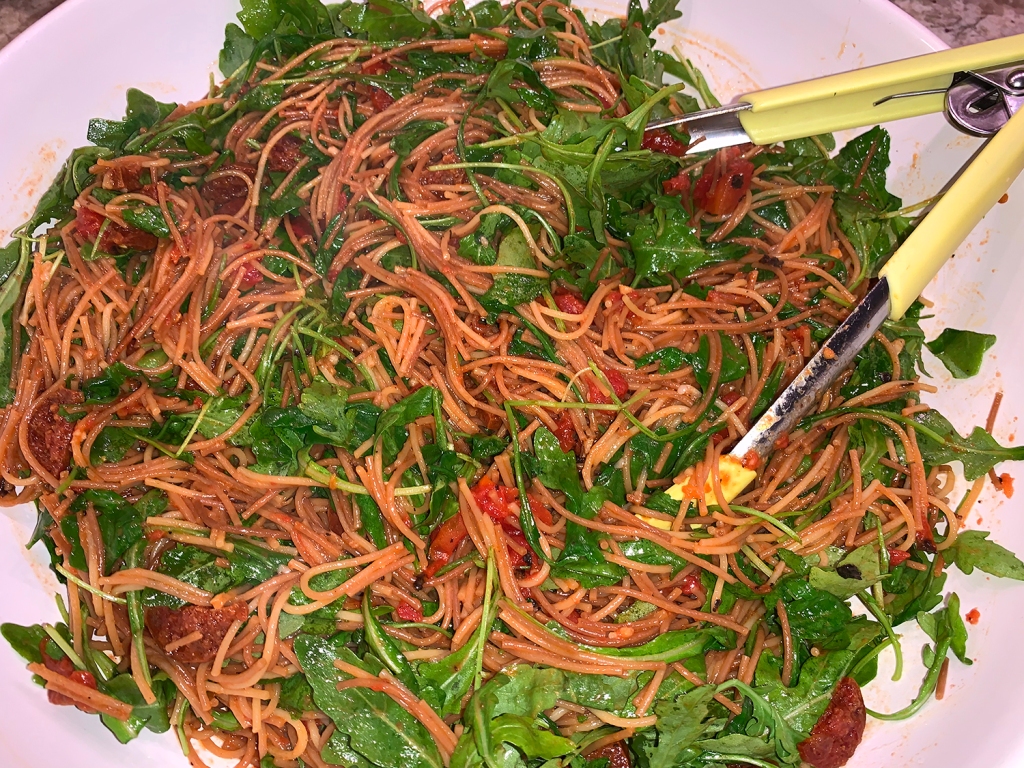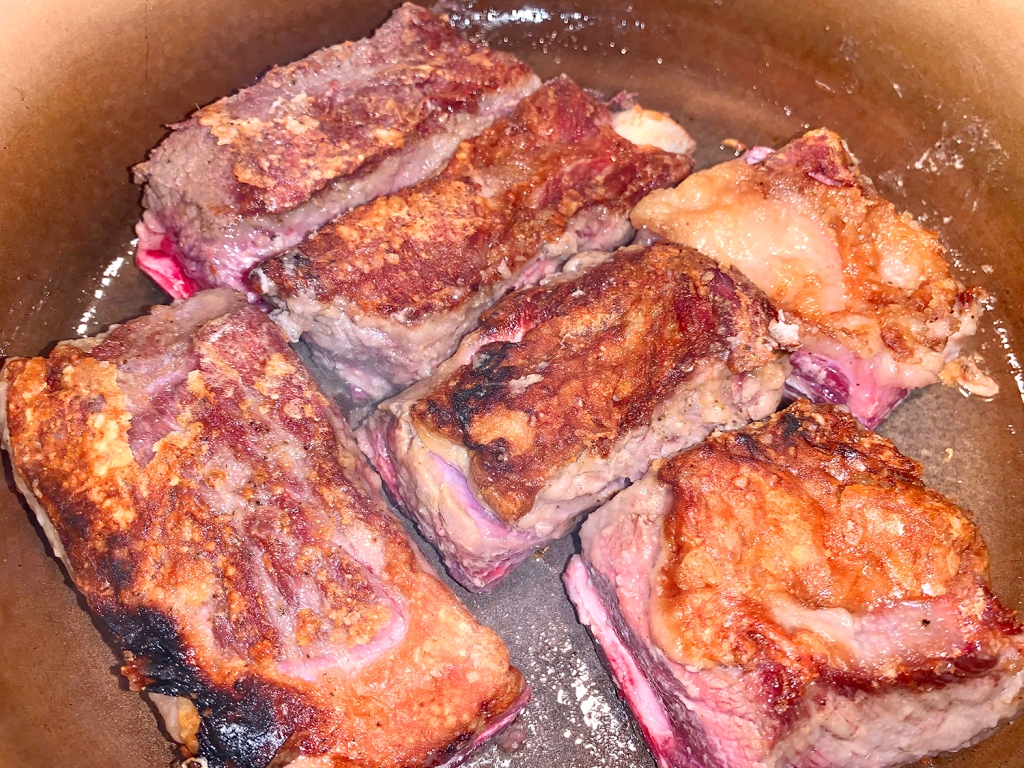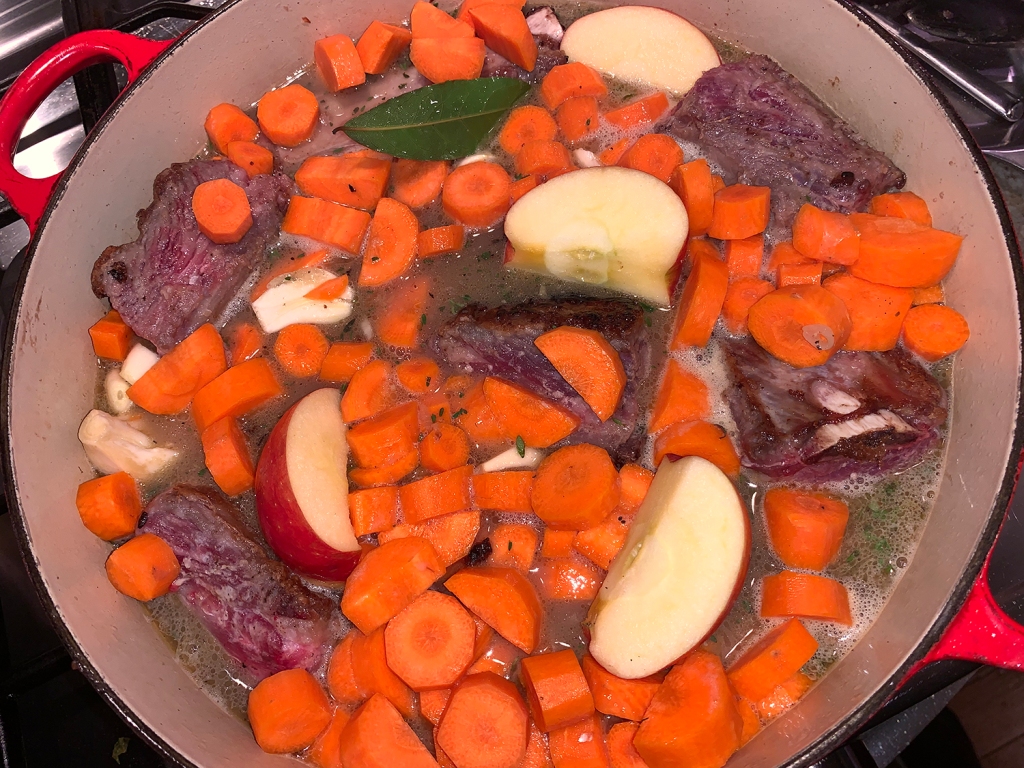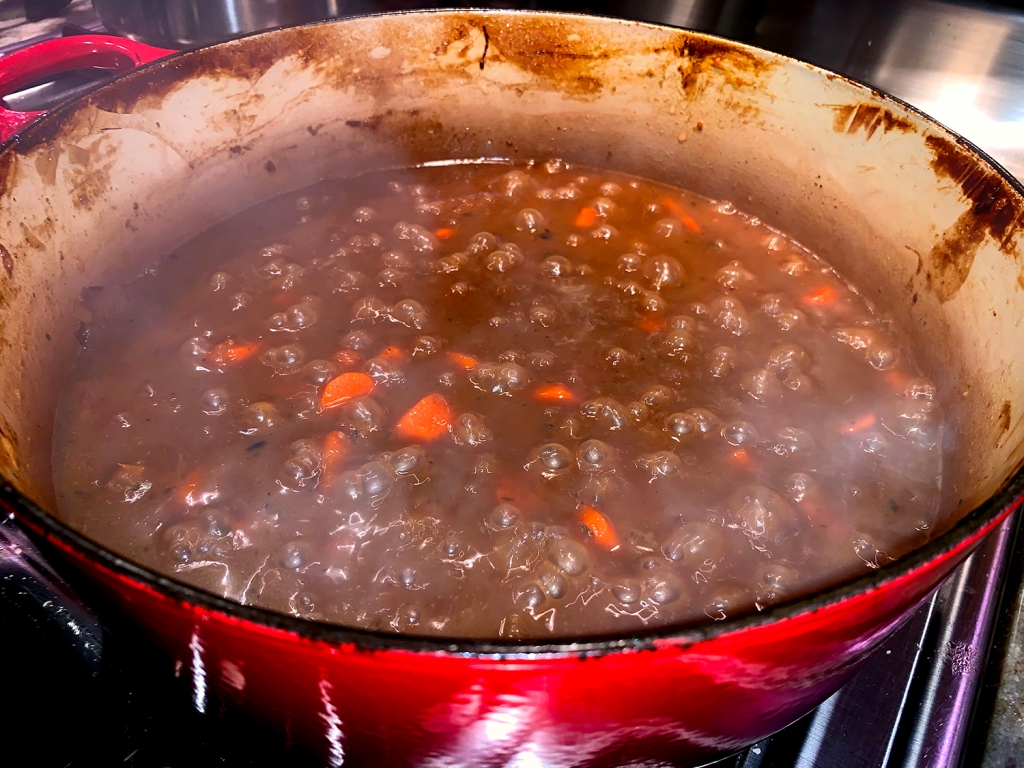WOW, this tagine from Milk Street has it all! The richness of the dish comes from layers of flavor, not from laborious browning. There is a little heat from the cayenne, sweetness from the apricots and butternut squash, saltiness from the olives, a tad of sour from the citrus, acidity from tomatoes, and a bit of crunch from the pistachios.
Instead of using an actual tagine dish, a large Dutch oven does the trick. A fragrant spice paste seasons the chicken and acts as a base for the stew. While preparing the remaining ingredients, trim, cut and season the chicken first to let it absorb the flavors. Apricots add sweetness and vibrant color, that is balanced by briny green olives. An equal amount of carrots can be substituted for the butternut squash.
Don’t drain the diced tomatoes. Their liquid adds sweetness and acidity to the stew.
No, this is not your typical quick weeknight recipe. Not only does it involve a lot of ingredients, it’ll take close to two hours total from prep through time to eat. But it is sooo worth it! Serve the tagine with couscous, rice or warmed pita bread.
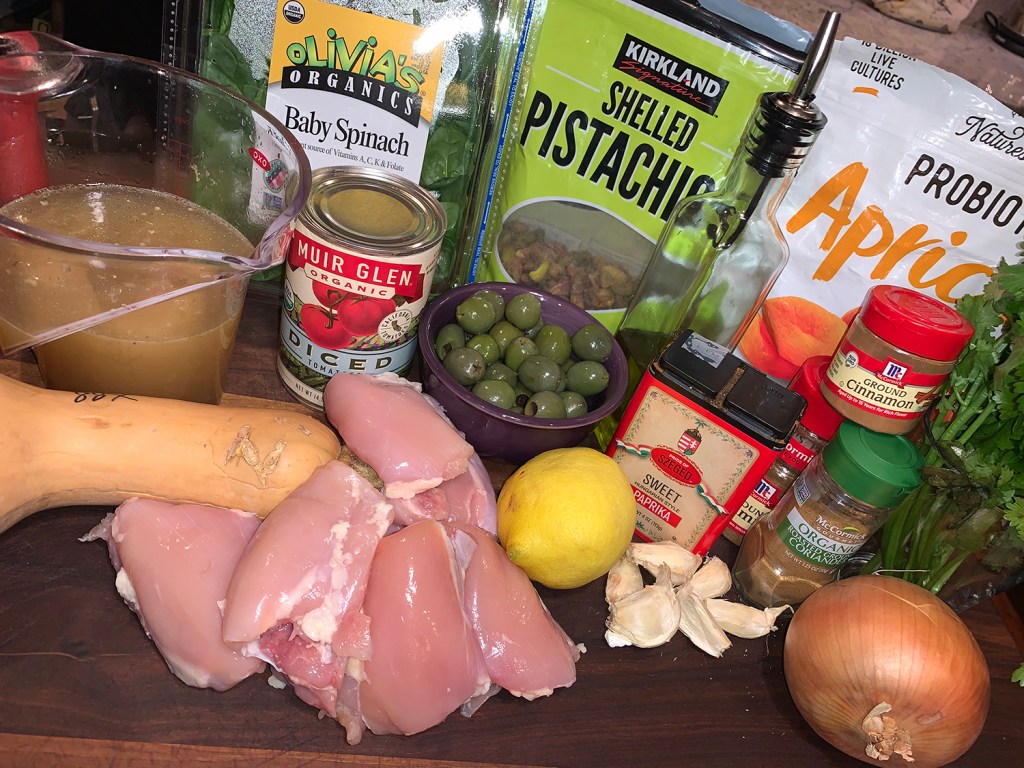
Chicken Tagine with Apricots, Butternut Squash and Spinach
Ingredients
- 4 Tbsp. extra-virgin olive oil, divided
- Kosher salt and ground black pepper
- 2 tsp. ground cinnamon
- 2 tsp. ground cumin
- 2 tsp.s sweet paprika
- 1 tsp. ground coriander
- 1/4 tsp. ground cayenne
- 1½ lbs. boneless, skinless chicken thighs, trimmed and cut into 1½-inch pieces
- 1 large yellow onion, thinly sliced lengthwise
- 4 garlic cloves, peeled and smashed
- 4 tsp. grated fresh ginger
- 2½ cups low-sodium chicken broth
- 1 14-oz. can diced tomatoes
- 3/4 cup dried apricots, quartered
- 8 oz. peeled butternut squash, cut into ¾-inch cubes (about 2 cups)
- 1 cup cracked Greek green olives, pitted and halved
- 1 cup chopped fresh cilantro, divided
- 1/4 cup pistachios, toasted and chopped
- 2 tsp. grated lemon zest, plus 3 Tbsp. lemon juice (1 to 2 lemons)
- 4 oz. baby spinach (about 4 cups)
Directions
- In a small bowl, stir together 2 tablespoons of the oil, 2½ teaspoons salt, ½ teaspoon black pepper, the cinnamon, cumin, paprika, coriander and cayenne.
- In a medium bowl, toss the chicken with half the paste, rubbing the meat to coat evenly; set aside.
- In a large Dutch oven over medium-high, combine the onion, garlic, remaining 2 tablespoons of oil and ¼ teaspoon salt. Cook until the onion is browned and softened, 7 to 9 minutes.
- Add the ginger and remaining spice paste and cook, stirring constantly, for 1 minute.
- Add the broth, tomatoes and apricots and bring to a boil, scraping up any browned bits.
- Add the chicken, return to a boil, then reduce heat to medium-low and simmer for 10 minutes.
- Add the squash and olives, return to a simmer and cook, partially covered, until the liquid has thickened and the squash is tender, 20 to 25 minutes, stirring occasionally and adjusting the heat to maintain a medium simmer.
- Meanwhile, in a medium bowl, stir together ½ cup of the cilantro, the pistachios and lemon zest. Stir the spinach into the stew and cook until wilted, 1 to 2 minutes.
- Stir in the remaining ½ cup of cilantro and the lemon juice, then taste and season with salt, pepper and more lemon juice, if necessary.
- Serve topped with the cilantro-pistachio mixture.
Recipe by Elizabeth Germain for Milk Street


